Basically a traditional Chicago union hall with a Chinese-inspired skin based on photos from a German architect's book and designed by Norwegian-American architects, Chinatown’s landmark On Leong Merchants Association Building is a quirky western reinterpretation of Chinese architectural forms. Discriminatory laws meant there were no Chinese architects licensed in Illinois when the tong needed to build itself a new home, but architects Christian Michaelsen & Sigurd Rognstad had designed On Leong director Jim Moy’s Peacock Inn restaurant in Uptown. So...good enough.
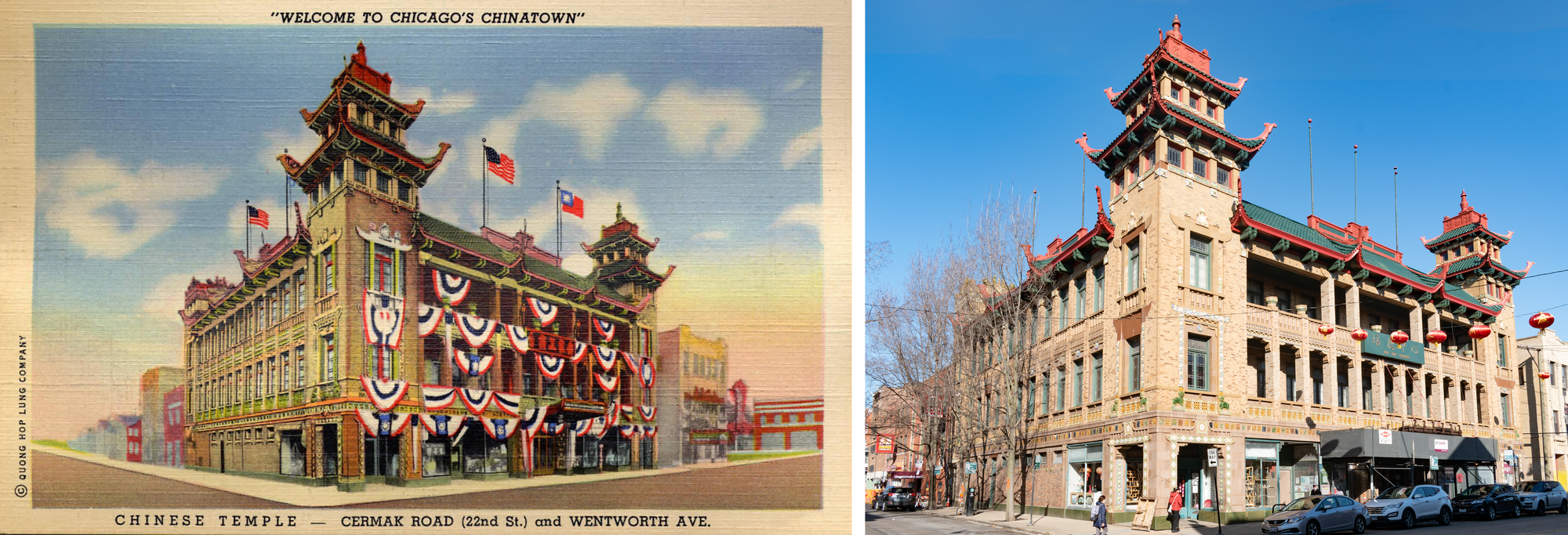
Lacking familiarity with Chinese culture, Michaelsen & Rognstad turned to German architect Ernst Boerschmann’s book Chinesische Architekture for inspiration. Predictably, as the Chinese American Museum of Chicago put it, "none of the motifs are truly Chinese — they were designed by a creative European-American who had seen very little real Chinese art or architecture". That's not really a criticism—it's a raucous example of early 20th century syncretic American design—but while the colorful grandeur of the building helped launch Michaelsen & Rognstad's career, it took decades for Asian architects in the US to overcome the racist barriers that boxed them out of the industry.
The organization that commissioned the building, the On Leong Merchants Association, was one of the major tongs that operated in US Chinatowns in the 20th century. Support and protection associations for Chinese-American communities, tongs like On Leong organized Chinese-language education, new immigrant assistance, community dispute resolution, and celebrations (...and yes, sometimes fought other tongs for control of gambling, prostitution, and protection rackets). Reflecting the unique pattern of early Chinese immigration to the US–where emigrants from the relatively small county of Taishan made up a disproportionate share of arrivals–for decades all tong business was conducted in Taishanese.
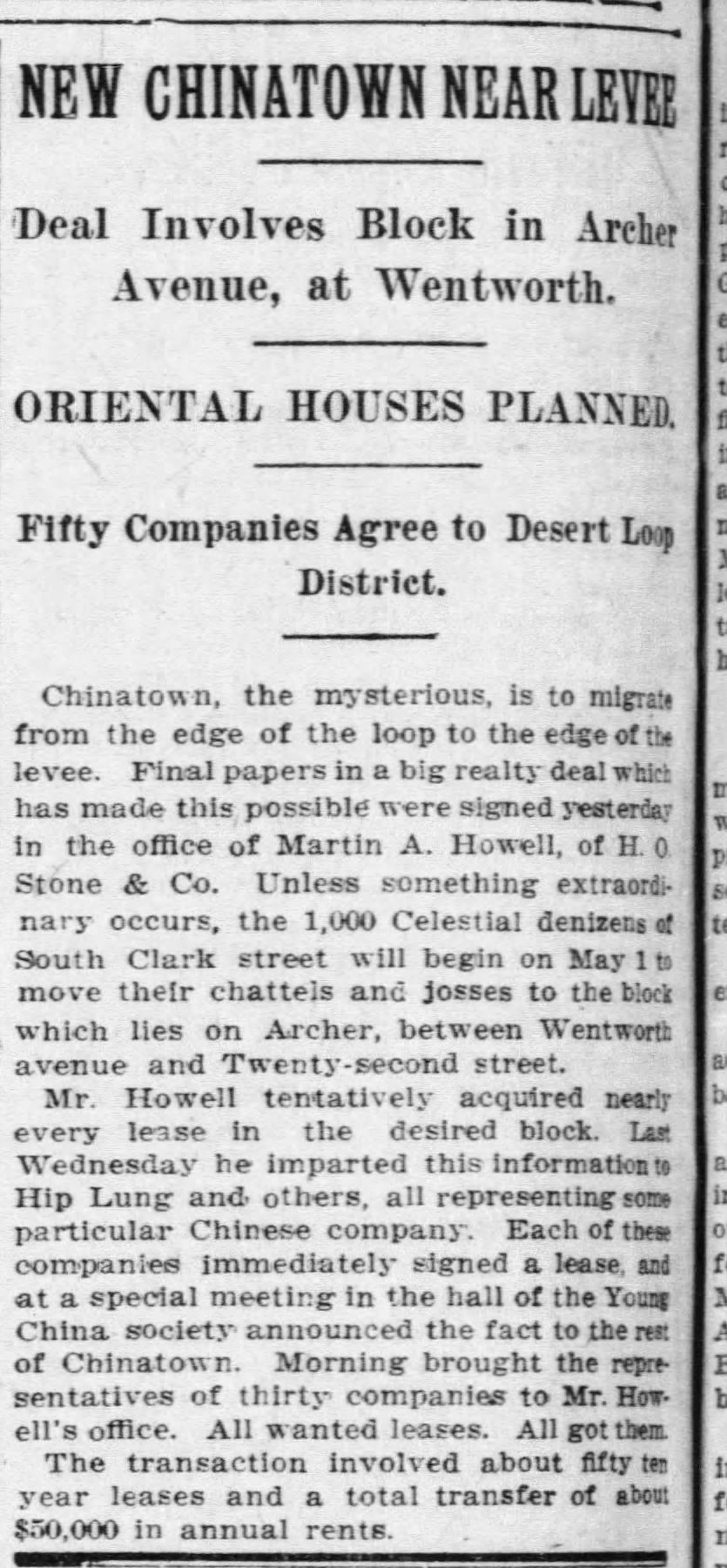
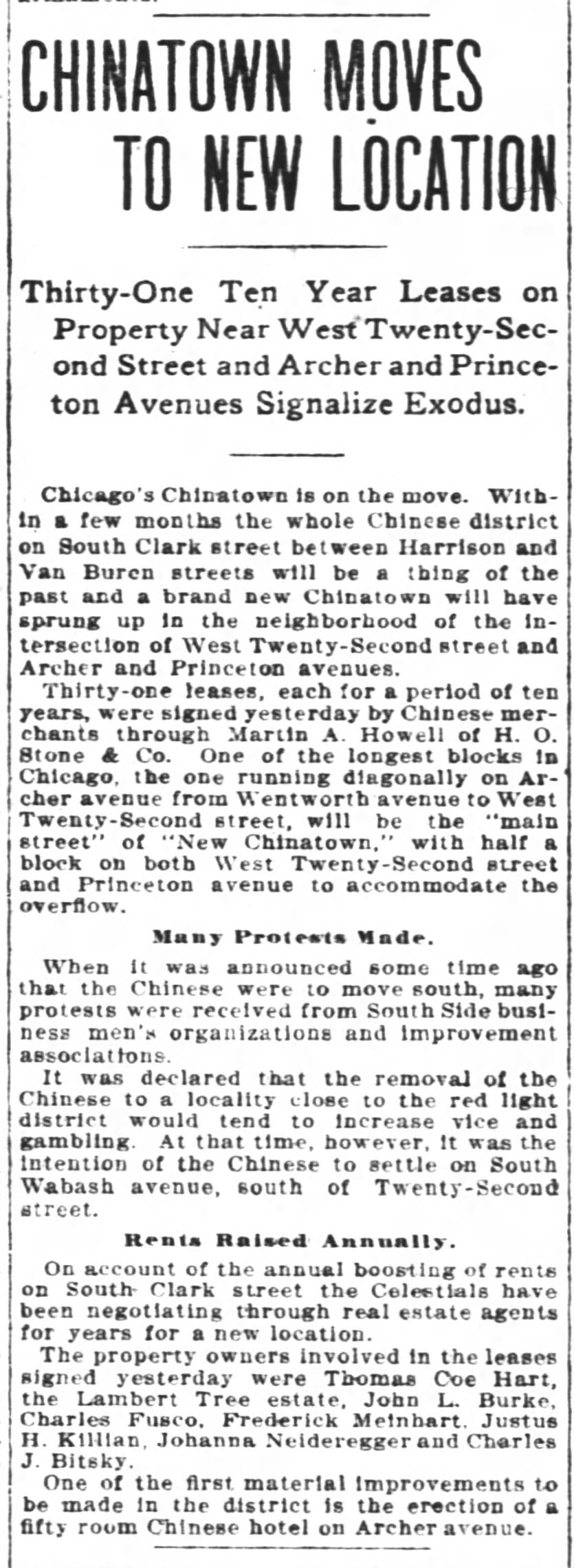
It was the On Leong Tong who helped turn this area into Chicago’s Chinatown in the first place, in 1912. The city’s old Chinatown on Clark Street was in turmoil: partially demolished for the city's new federal building, split into monarchist and republican factions after the Chinese Revolution of 1911, and struggling with rising rents and extreme rental discrimination by white landlords. In response, On Leong member businesses moved en masse in February, 1912 to the area around Wentworth and 22nd.
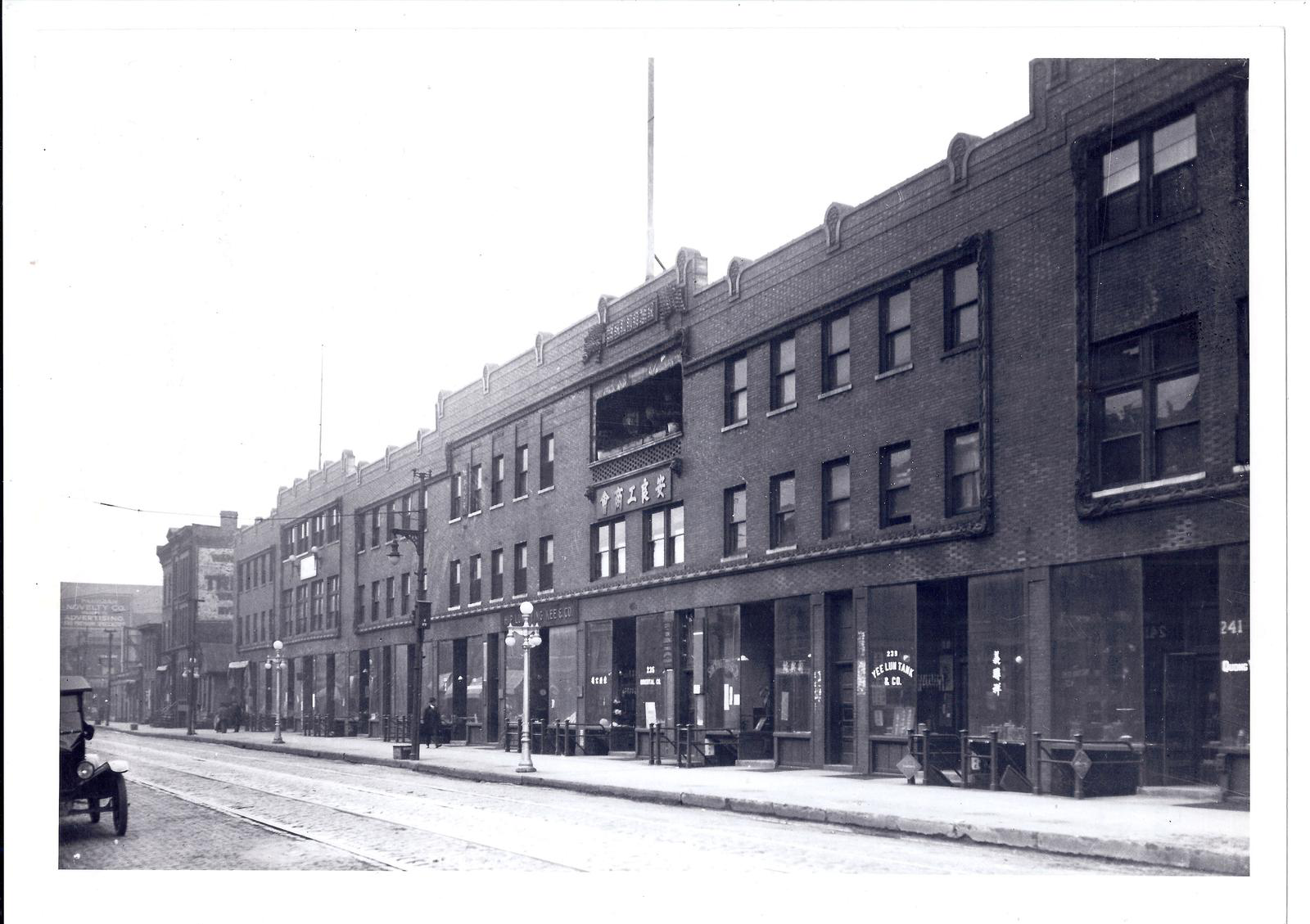
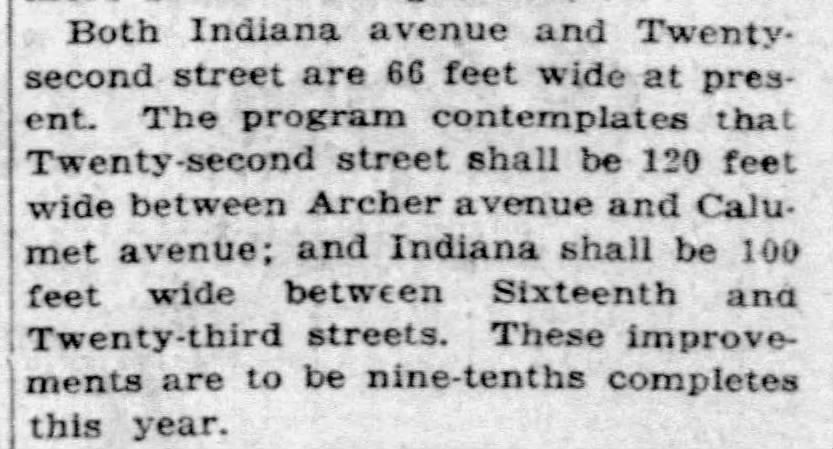
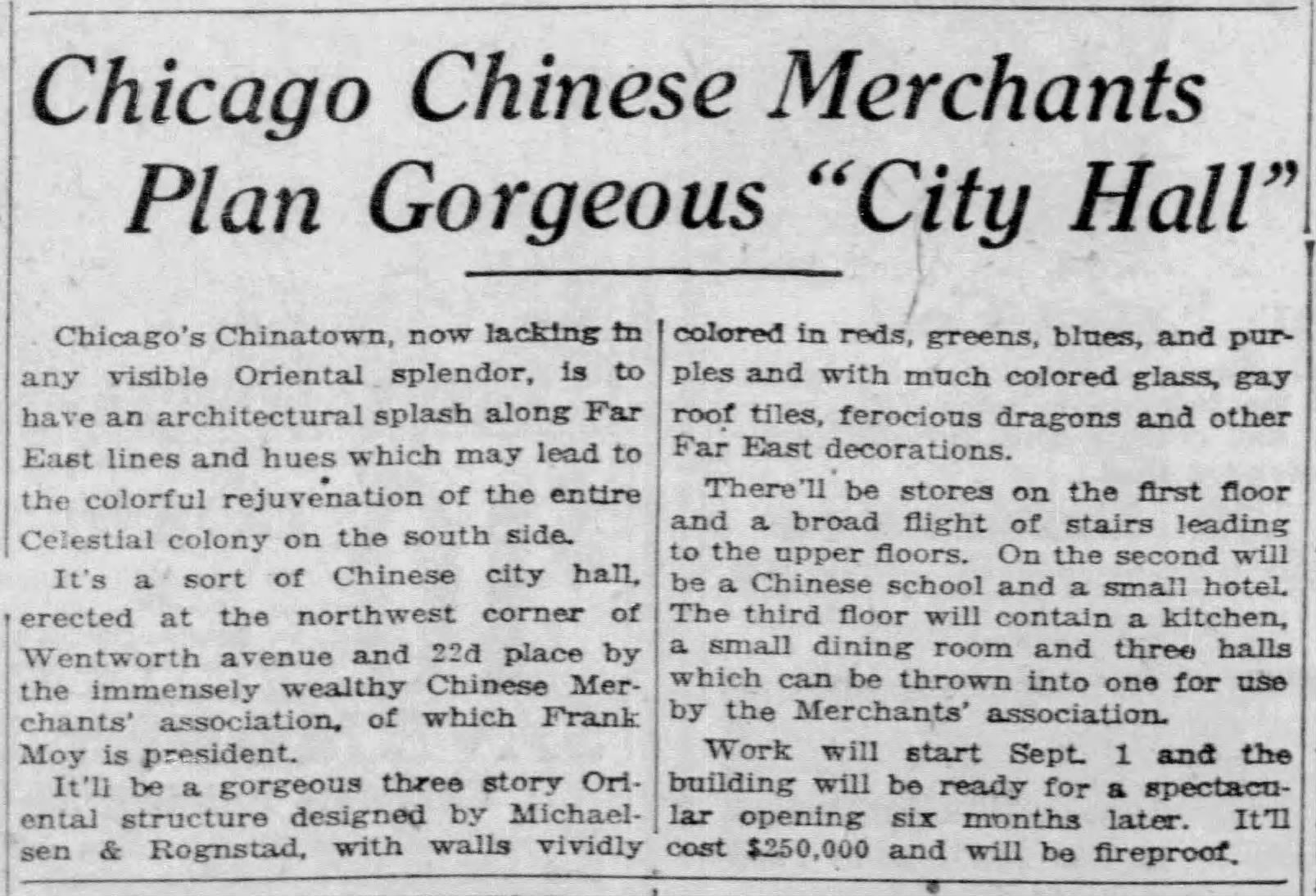
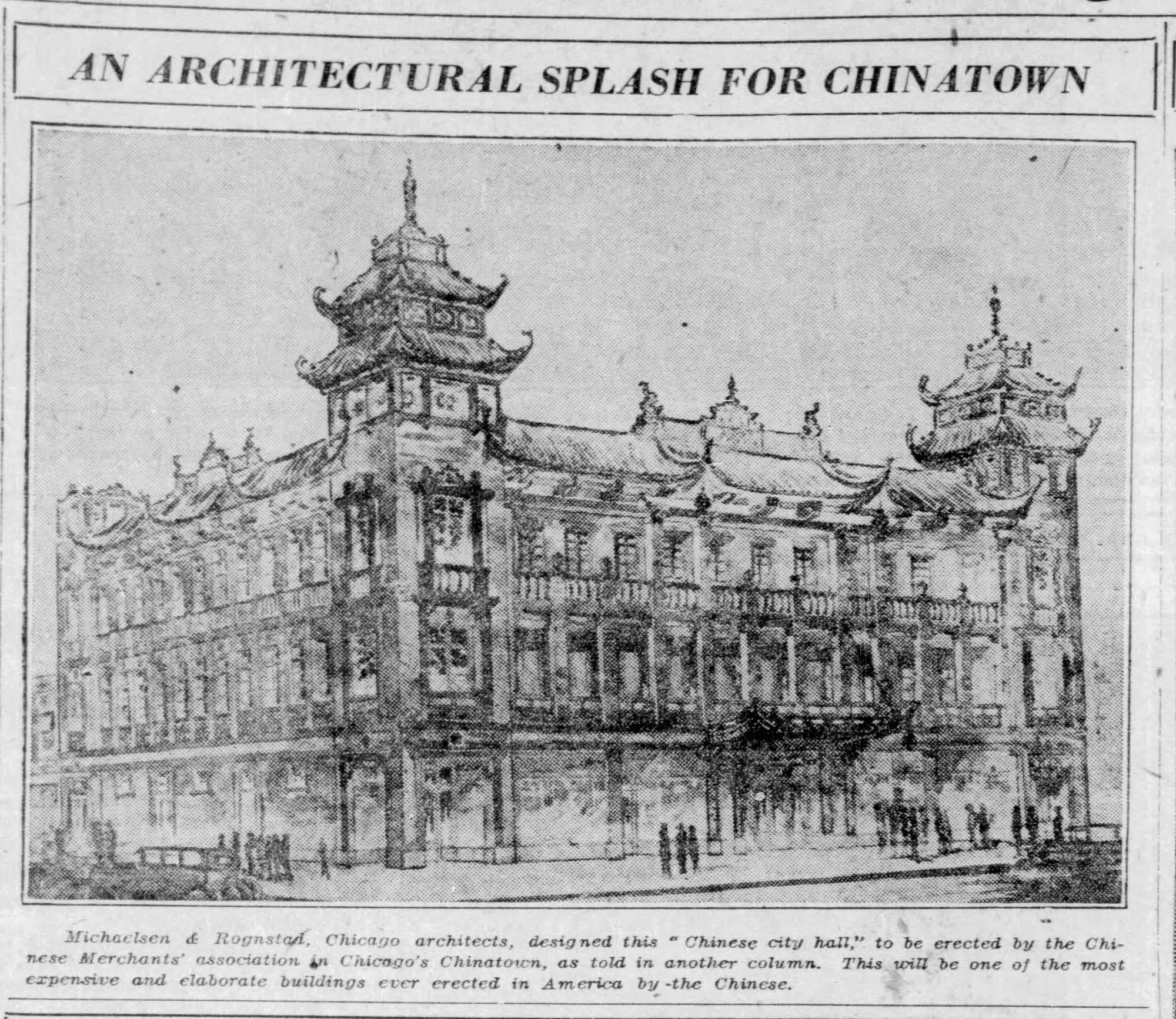

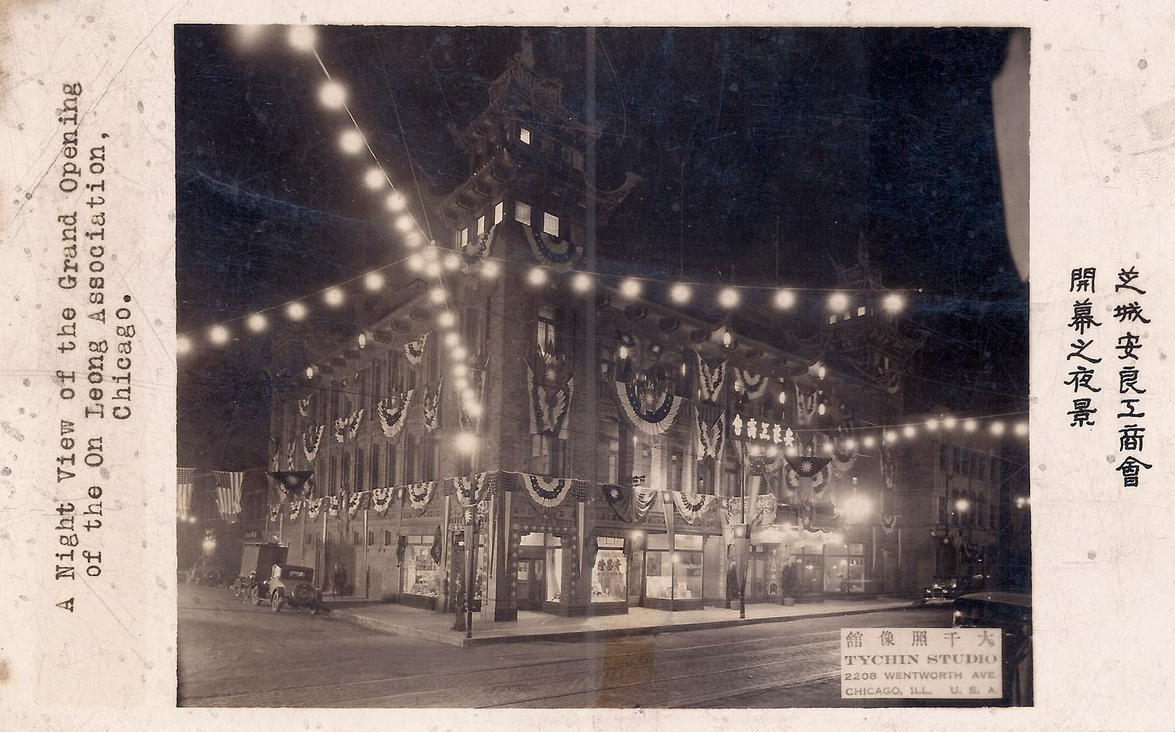
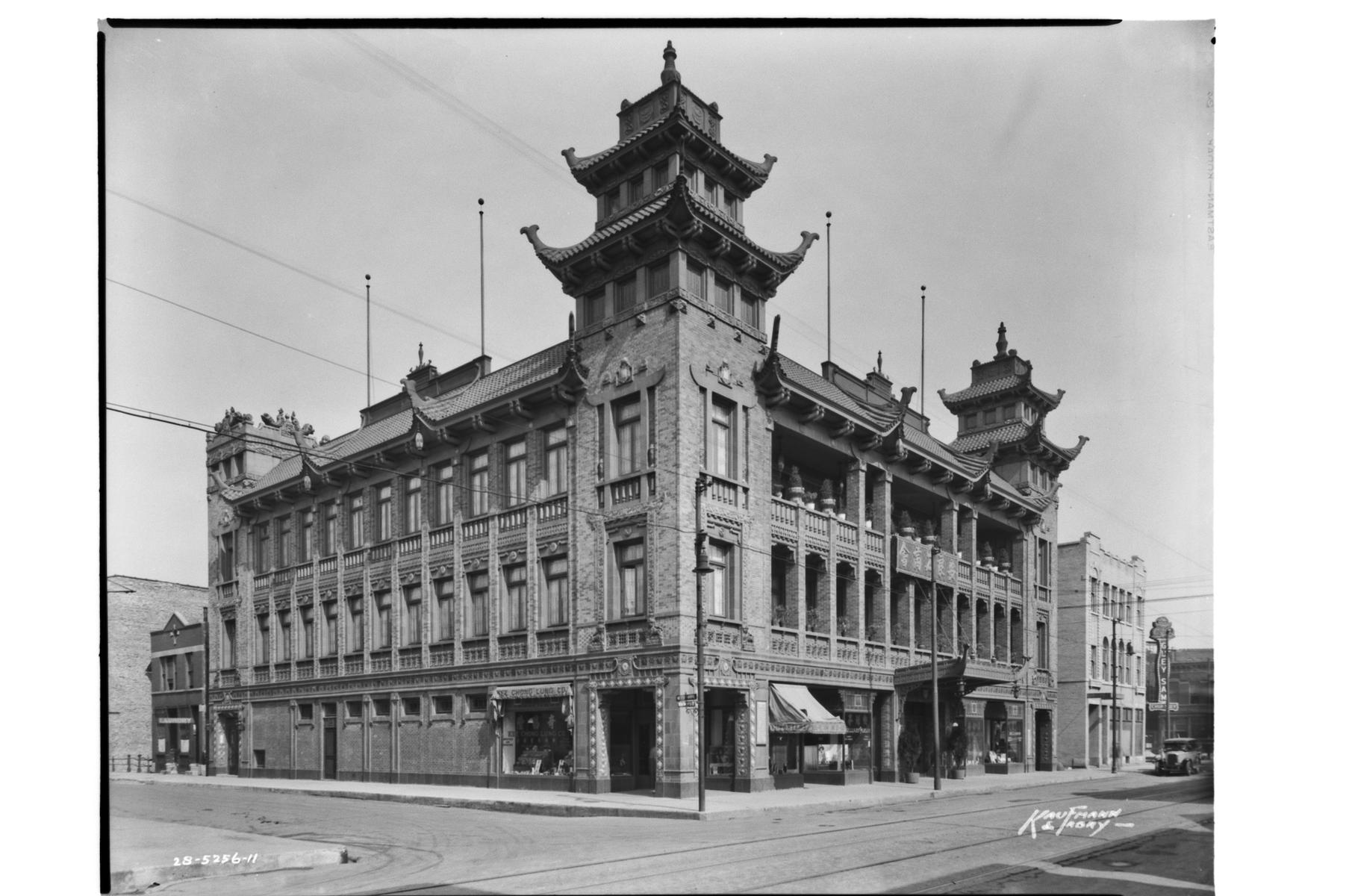
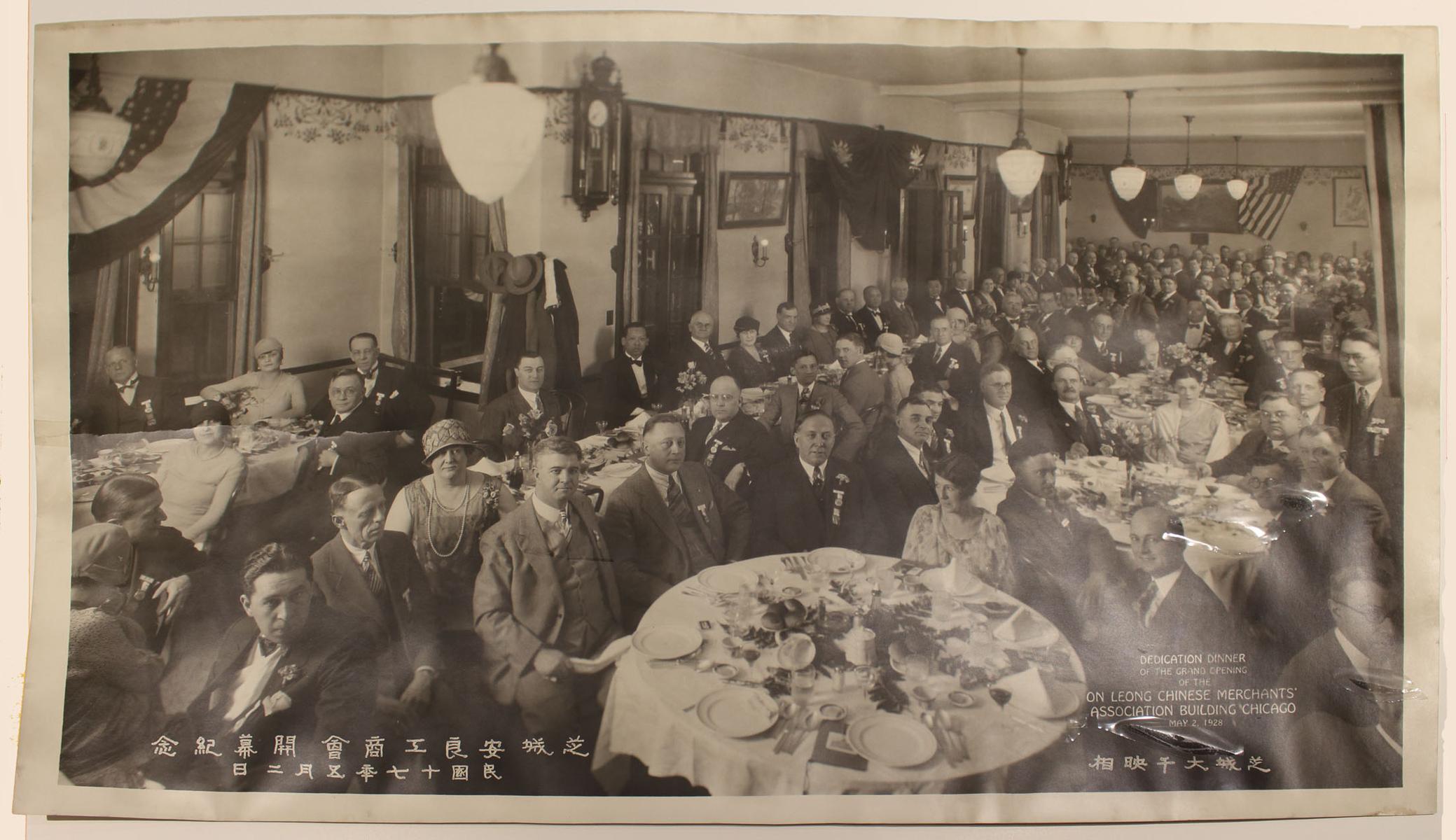
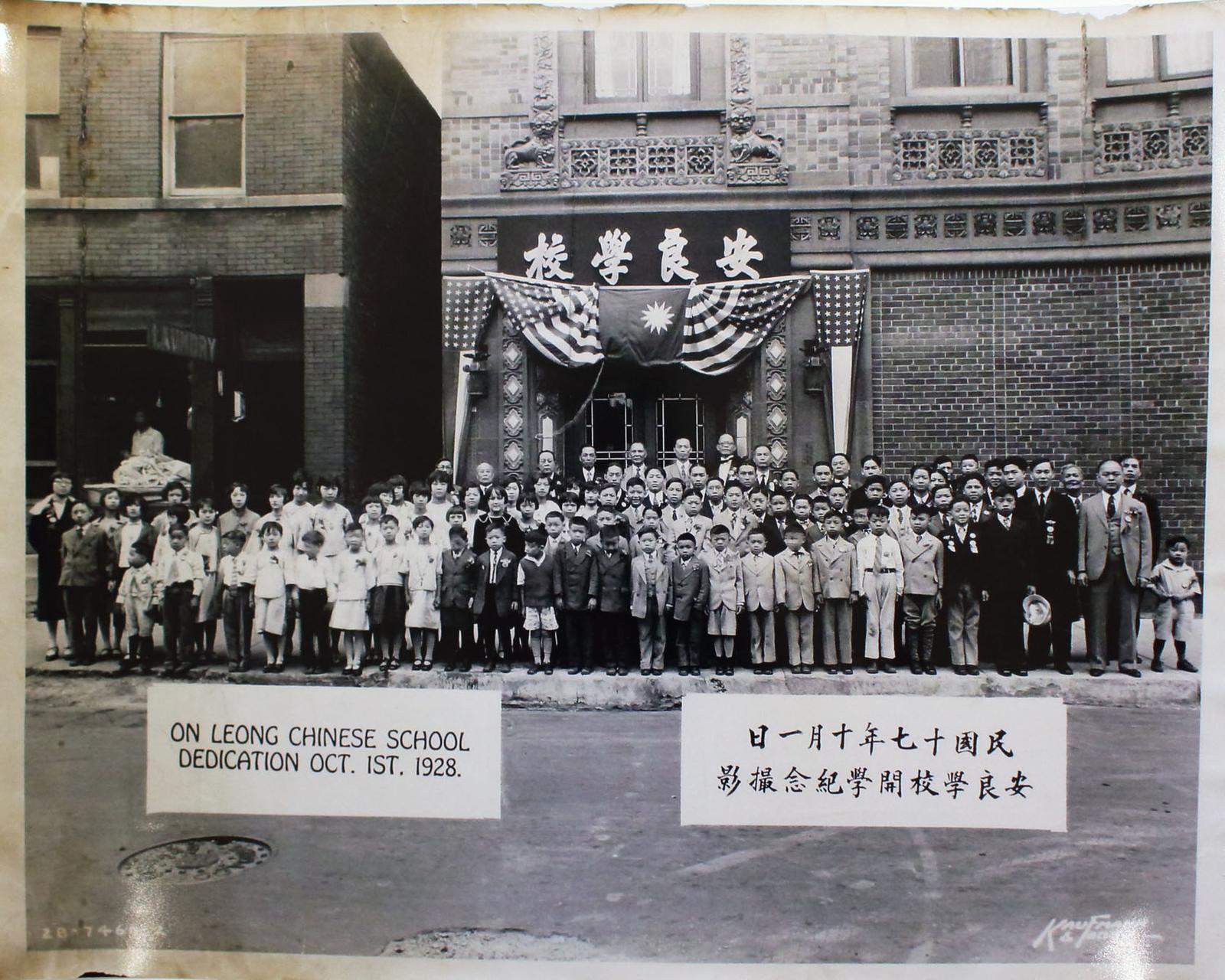
A decade later the widening of 22nd St (now Cermak Road) would displace On Leong Tong from their original building in the new Chinatown, but the growth of the organization necessitated a more spacious home anyway. The tong hired Michaelsen & Rognstad to design them a building befitting their growing influence, and the new building opened in 1928. Informally known as Chinatown's city hall, the new On Leong building had retail on the first floor, offices/classrooms on the second, and meeting halls and a small shrine on the third floor. A Chinese Catholic School, St. Therese's School, also operated in the building from 1941 to 1961.
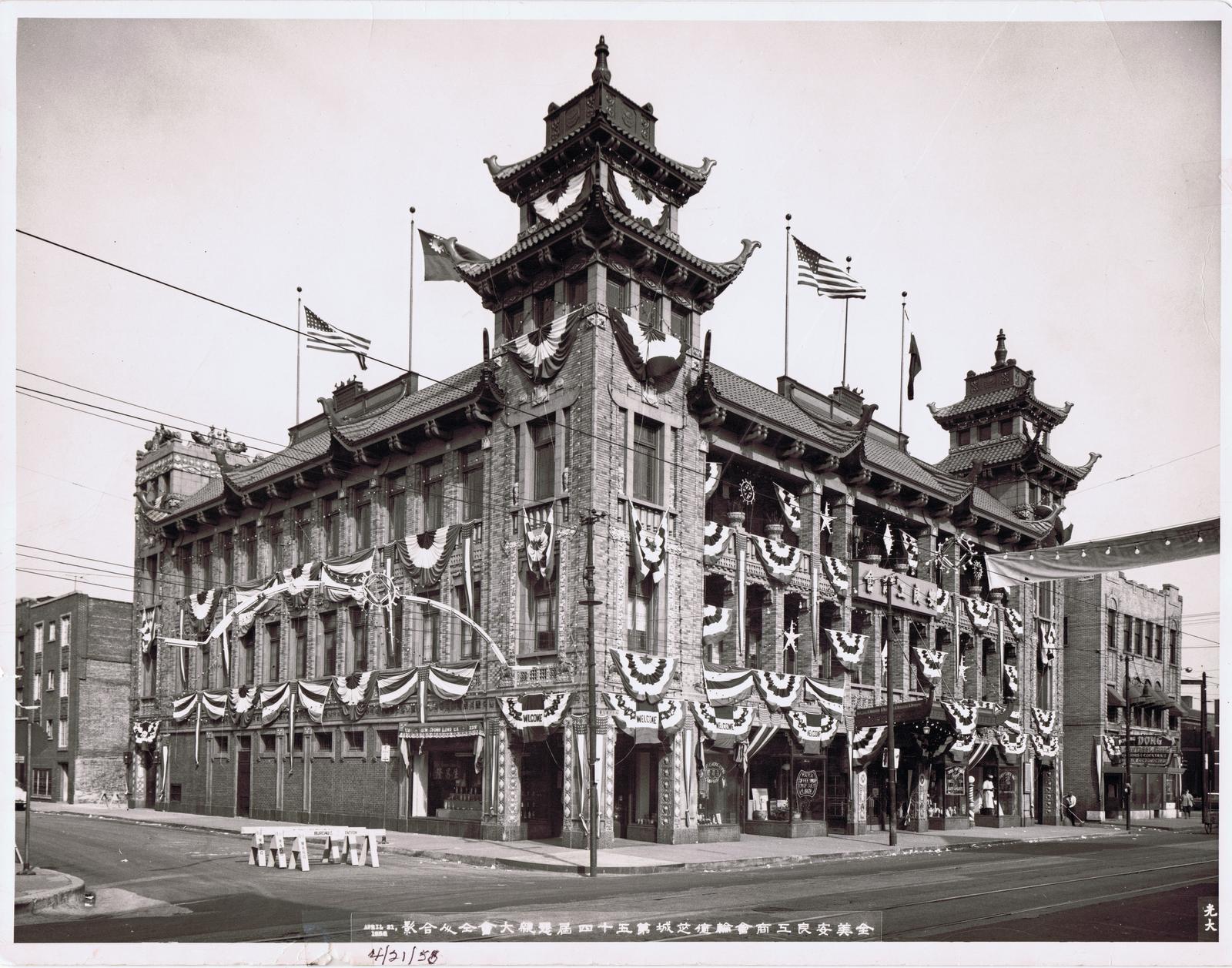
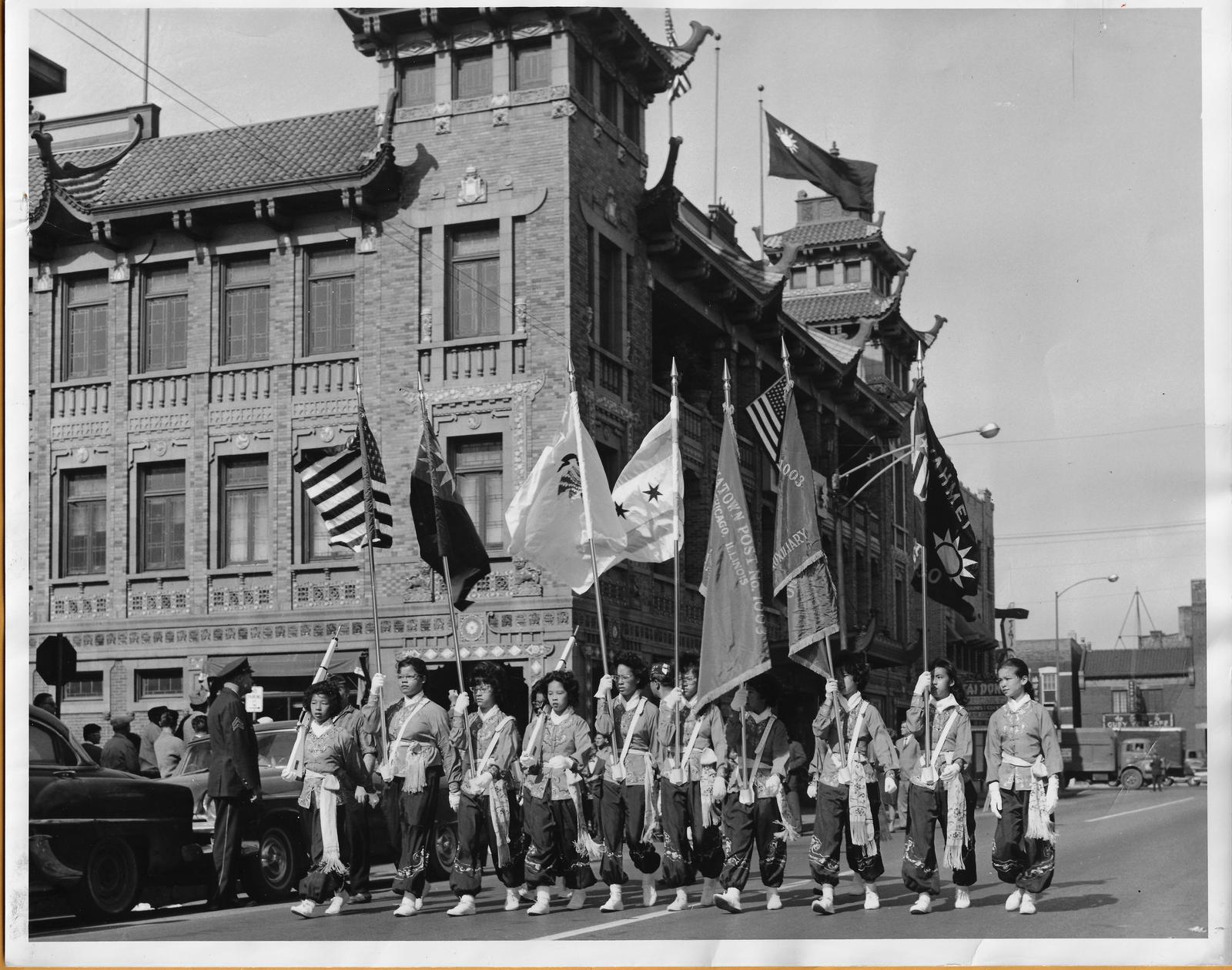
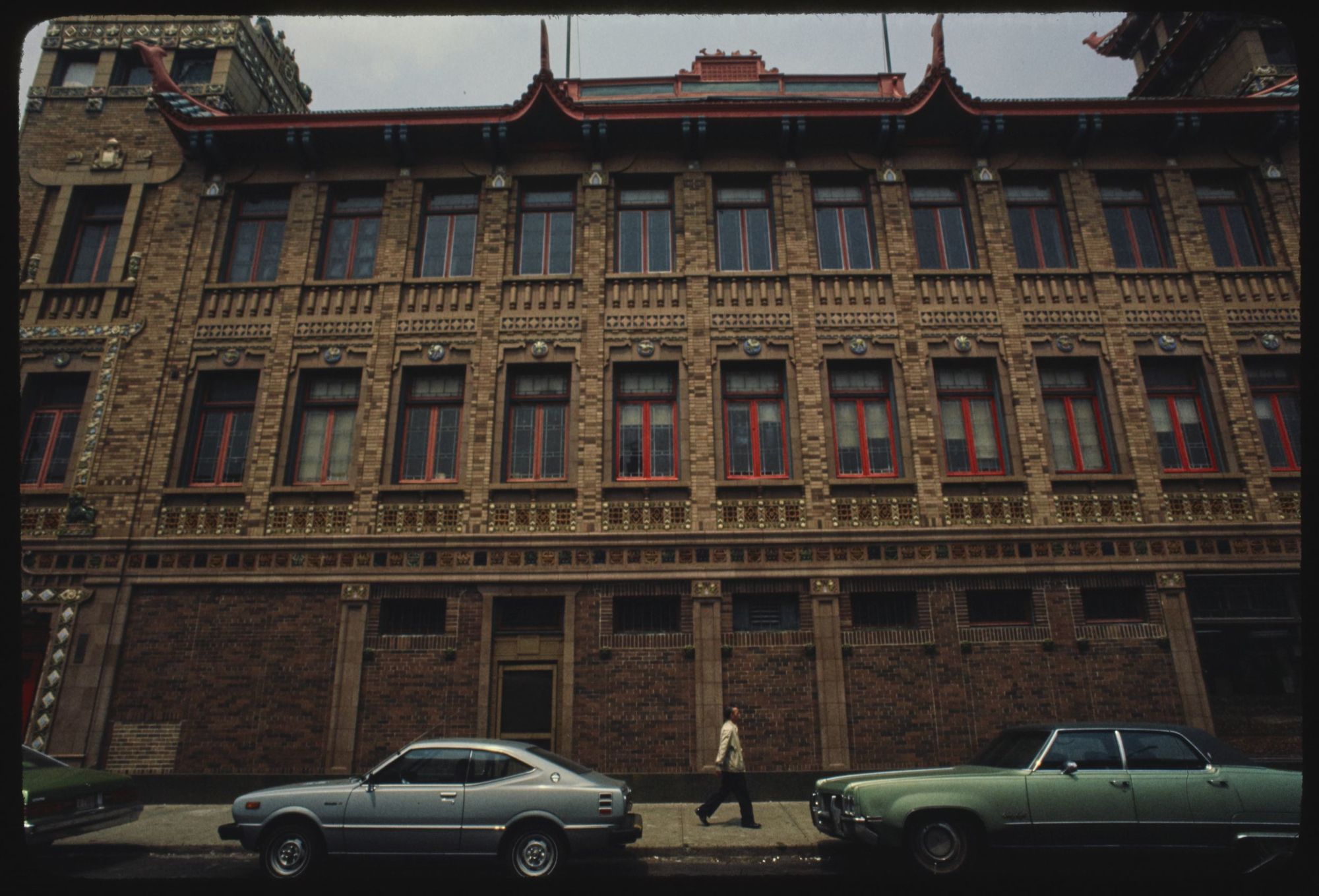
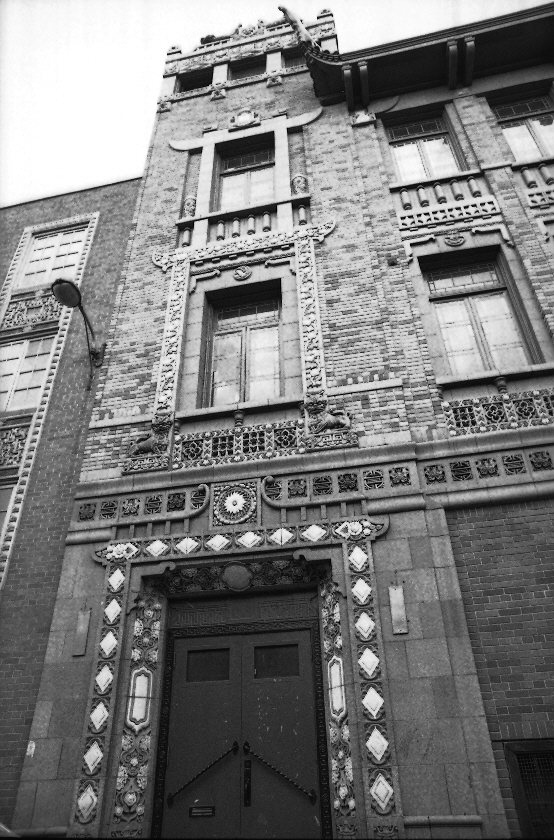
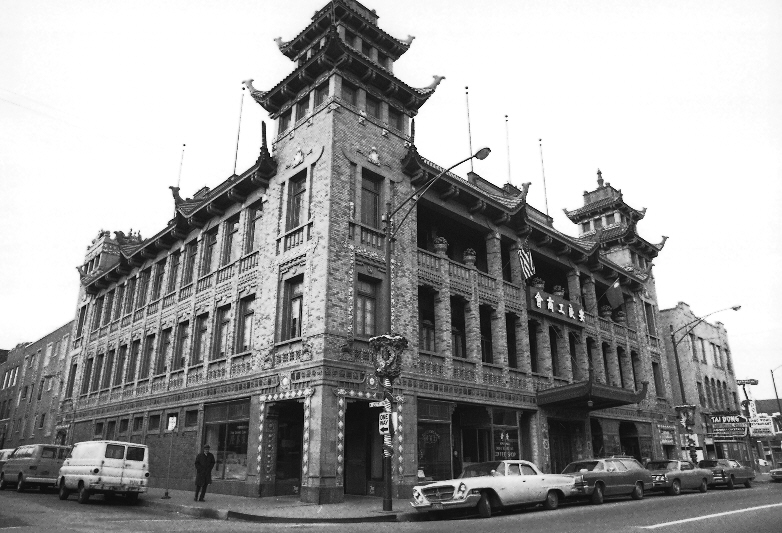
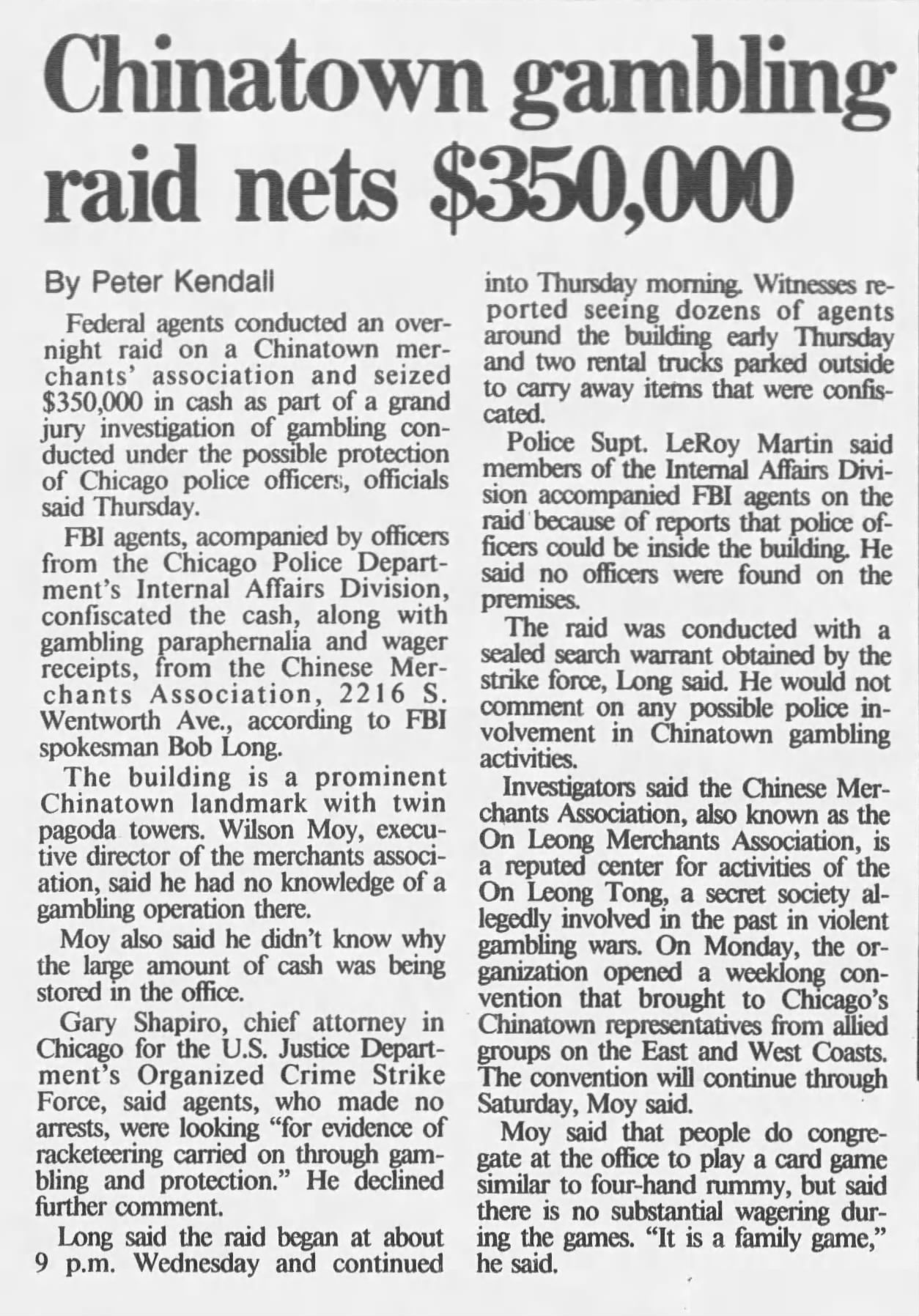
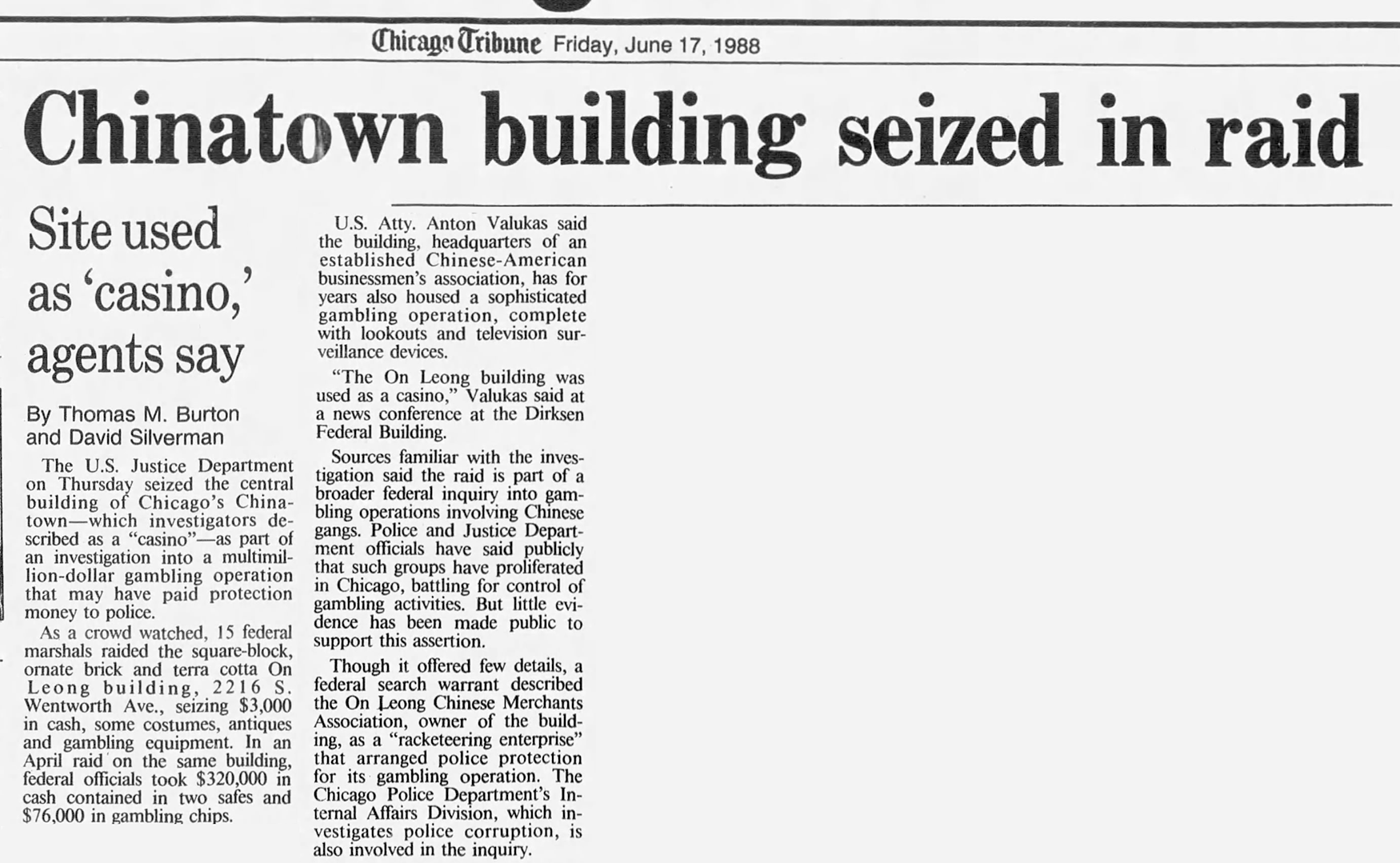
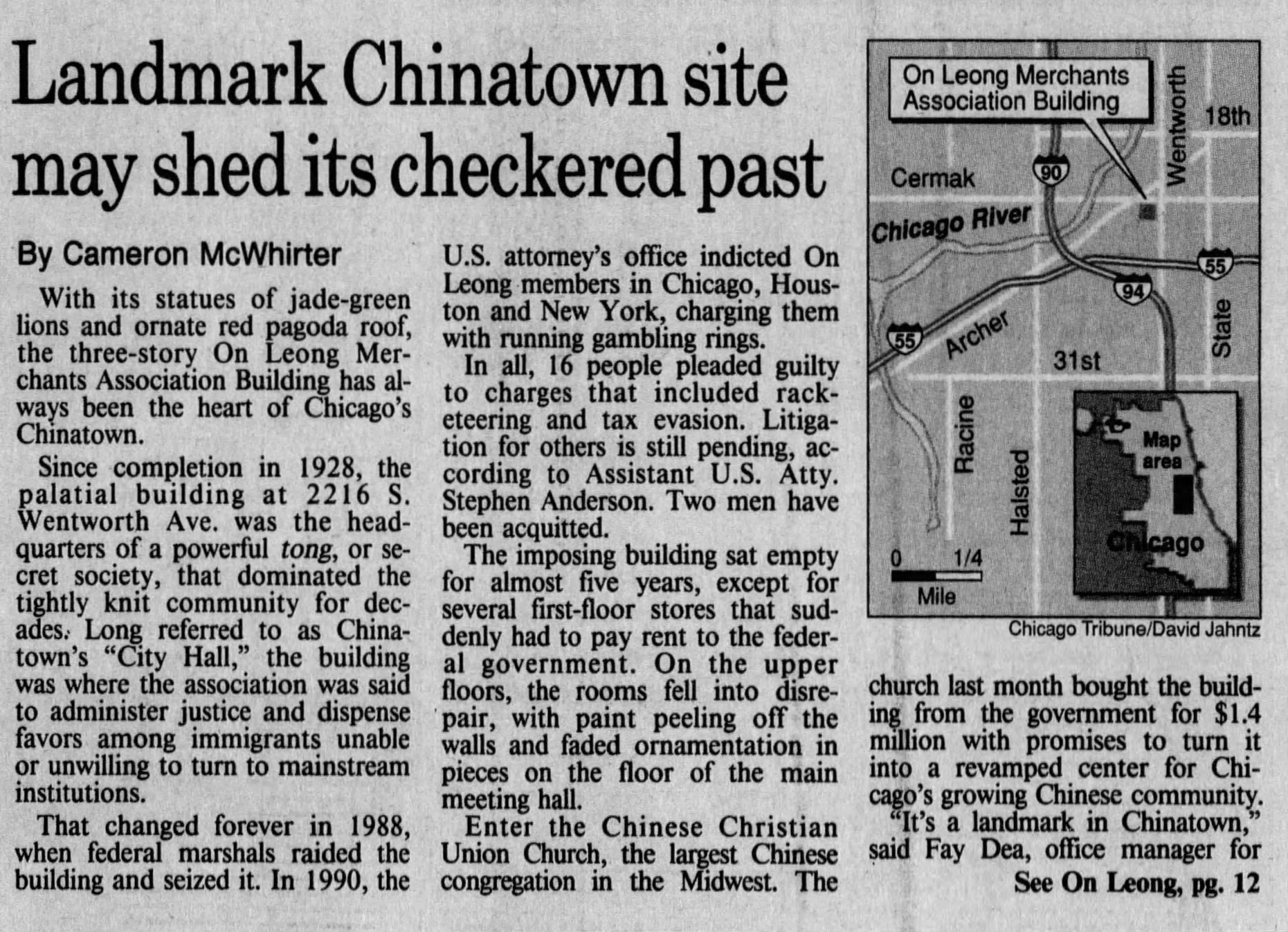
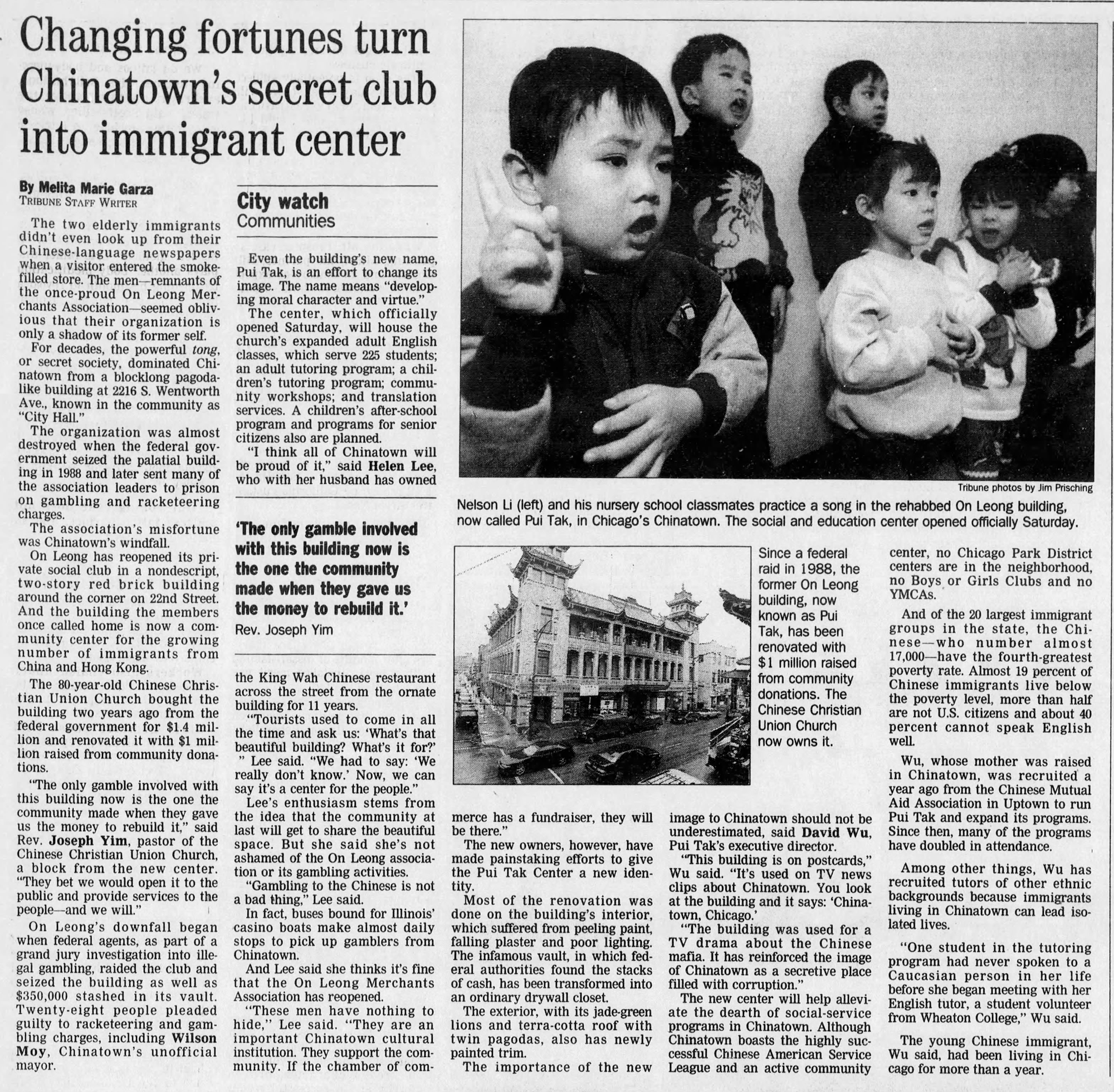
It's a little jarring given the city government's recent enthusiastic embrace of a Chicago casino, as well as the deluge of gambling ads that now accompany live sports, but in 1988 the federal government seized the building under a racketeering statute, accusing the merchants’ association of illegal gambling and tax fraud. Some of the illegal gambling, racketeering, and tax evasion charges stuck, and more than a dozen people went to prison. After the seizure, the building sat mostly vacant for five years as the cases wound their way through the court system.
The federal government sold the building to the Chinese Christian Union Church in 1993, who turned it into the Pui Tak Center. Serving as a church-based community center and an immigrant welcome center, the Pui Tak Center offers ESL and citizenship classes, after school and summer programs for kids, disability services, etc.. In response to the pandemic, they administered more than 15,000 vaccine doses to the community. The Pui Tak Center has also embarked on a long-term restoration of the building. Wiss, Janney, Elstner Associates completed a partial facade restoration between 2008 and 2010, and it looks like they're in the process of completing the full facade restoration this summer.
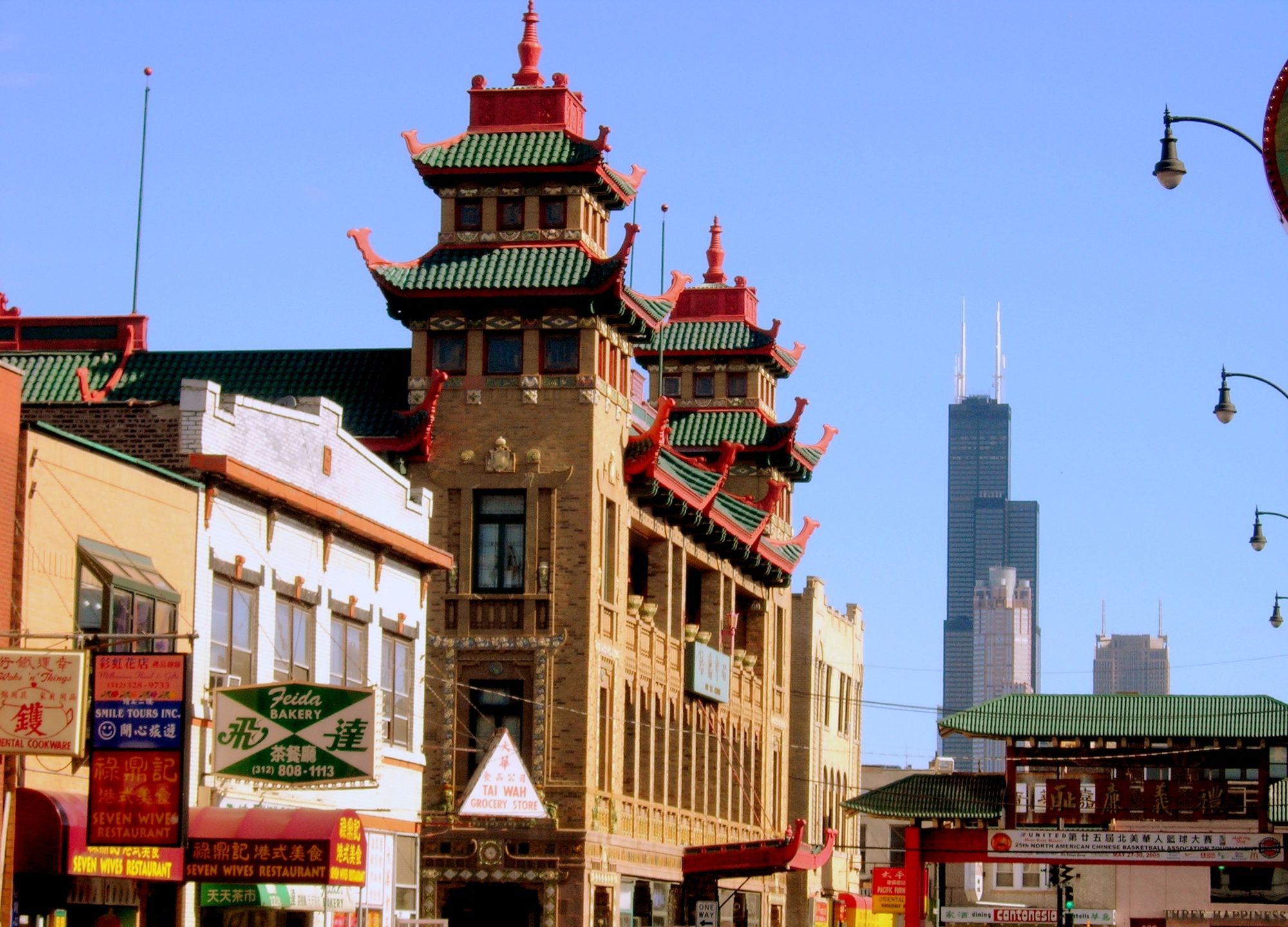
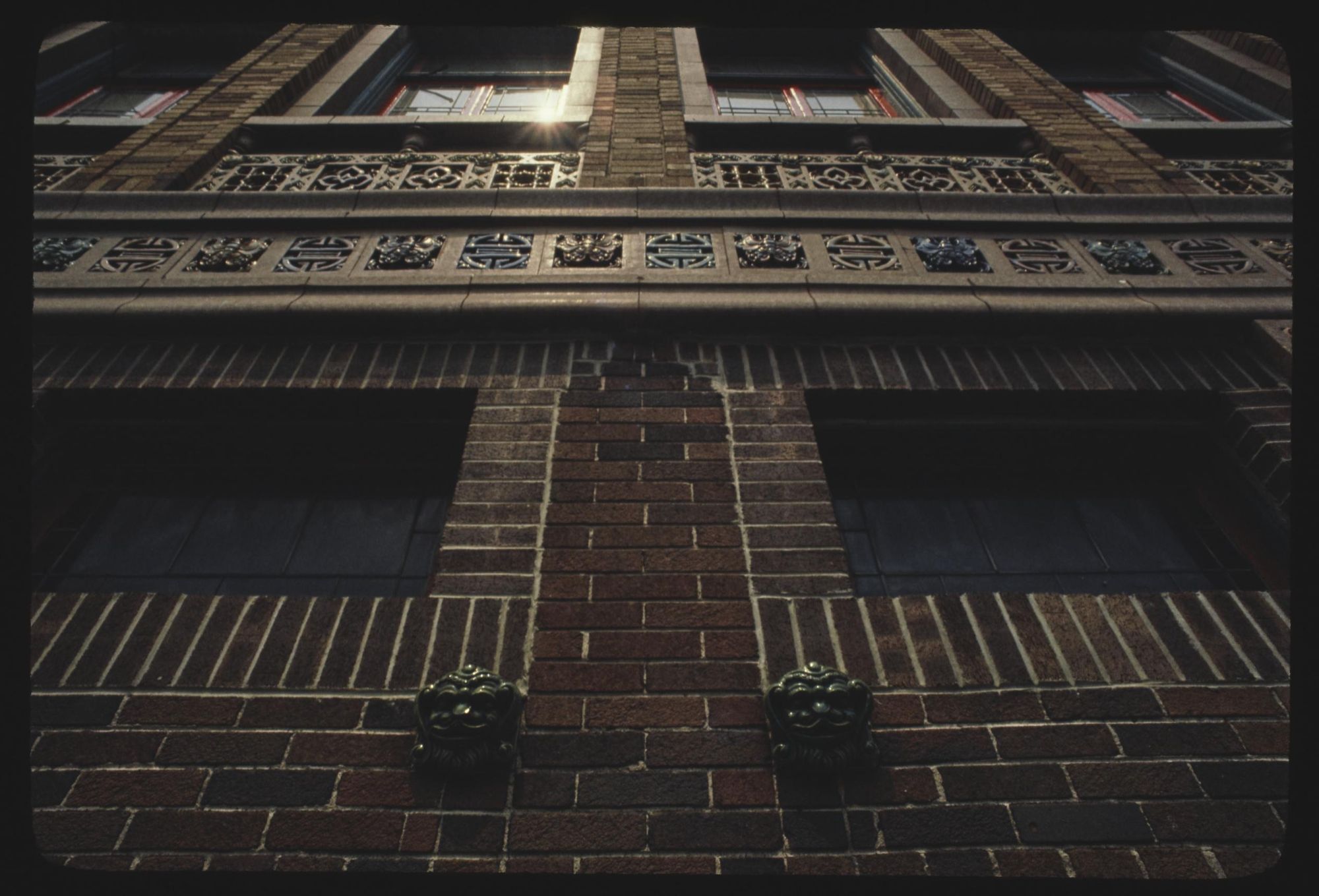
Production Files
Further reading:
- Huping Ling's Chinese Chicago: Race, Transnational Migration, and Community Since 1870
- Pui Tak Center in their own words
- Julia Bachrach's authoritative write-up on Michaelsen & Rognstad
- The City of Chicago Landmark Designation Report
- The Chinese American Museum of Chicago, on the Clark Street Chinatown
- WBEZ and Timeout on Chicago's first Chinatown
- Good write-up in Blueprint Chicago
- An article on the changing immigration trends of Chicago's Chinatown (and one in the LA Times about the unique history of immigration from Taishan [and its eventual decline])
- Journal article republished by the Chinese American Museum of Chicago that specifically mentions On Leong Tong business being conducted in Toisan Cantonese
- Wiss, Janney, Elstner Associates report on the partial facade restoration
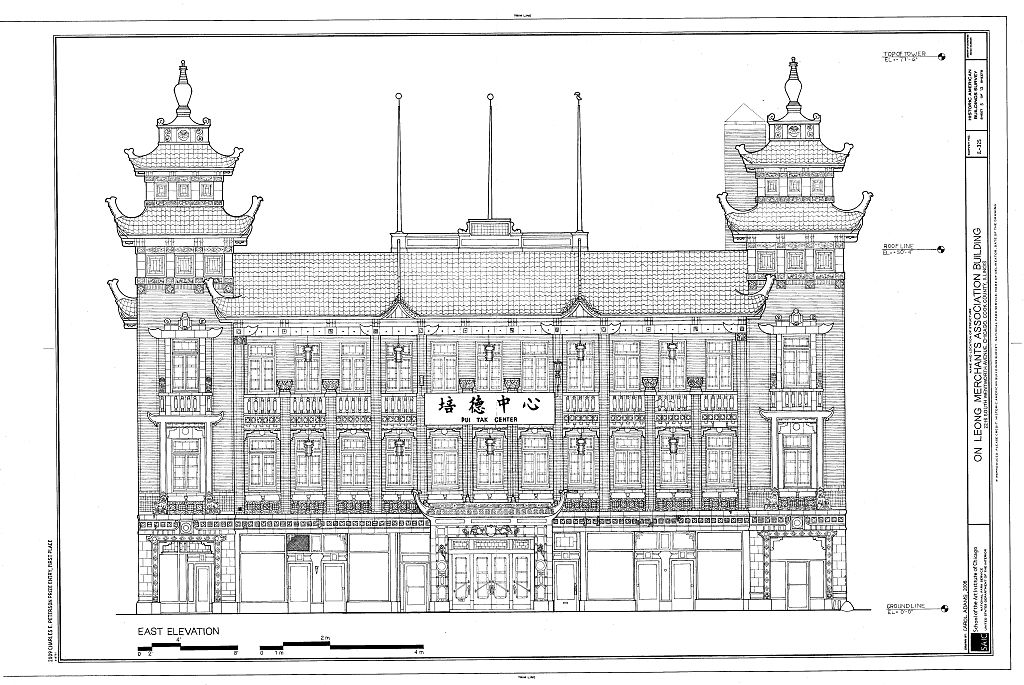
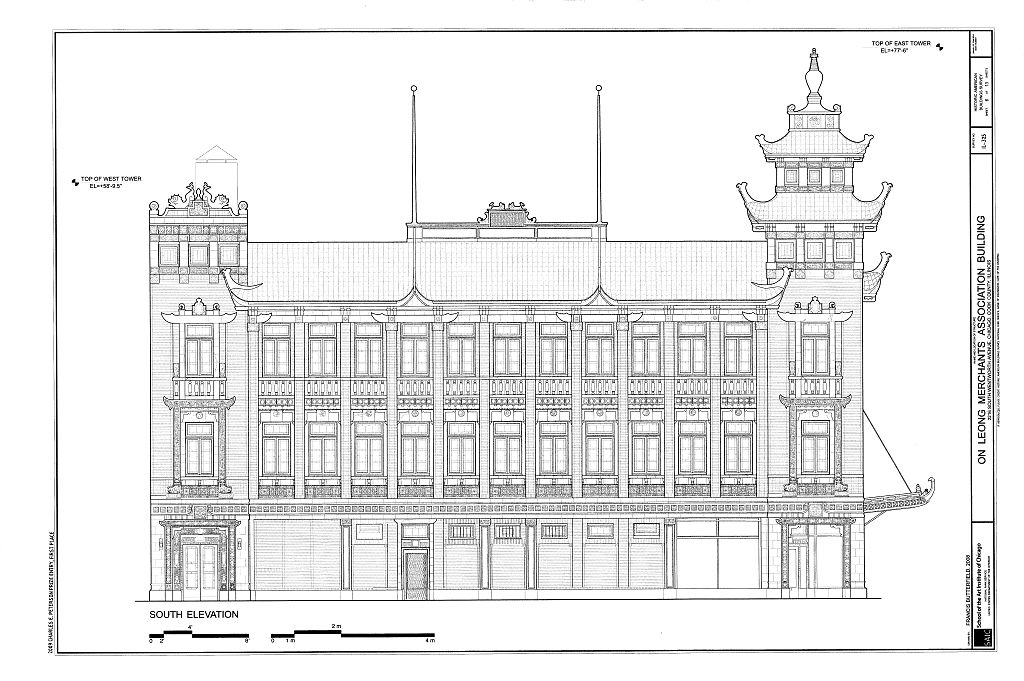
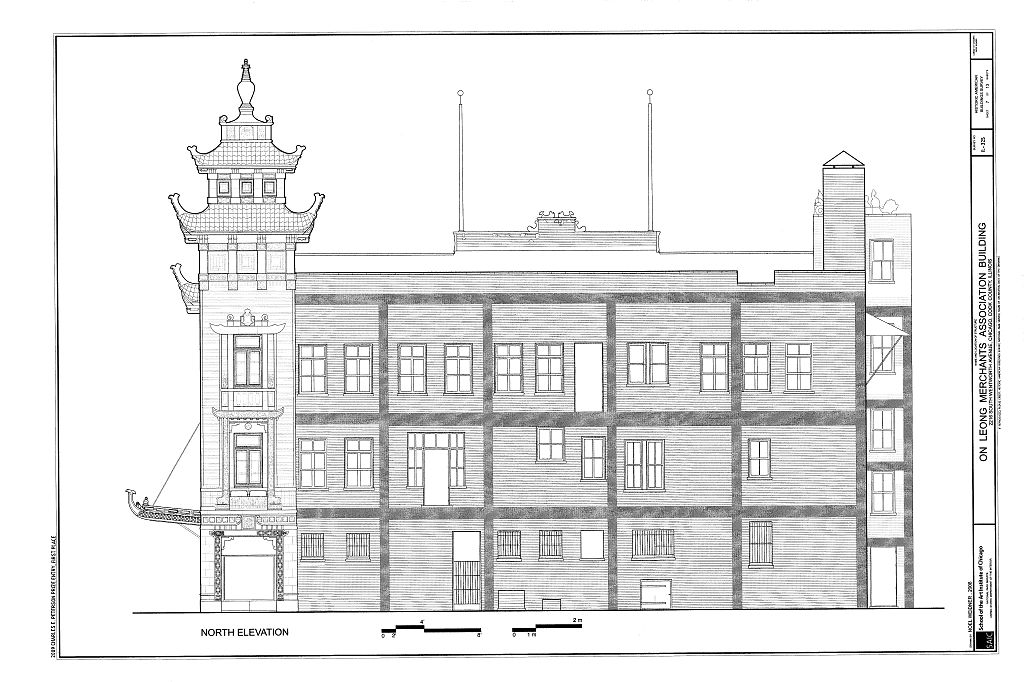
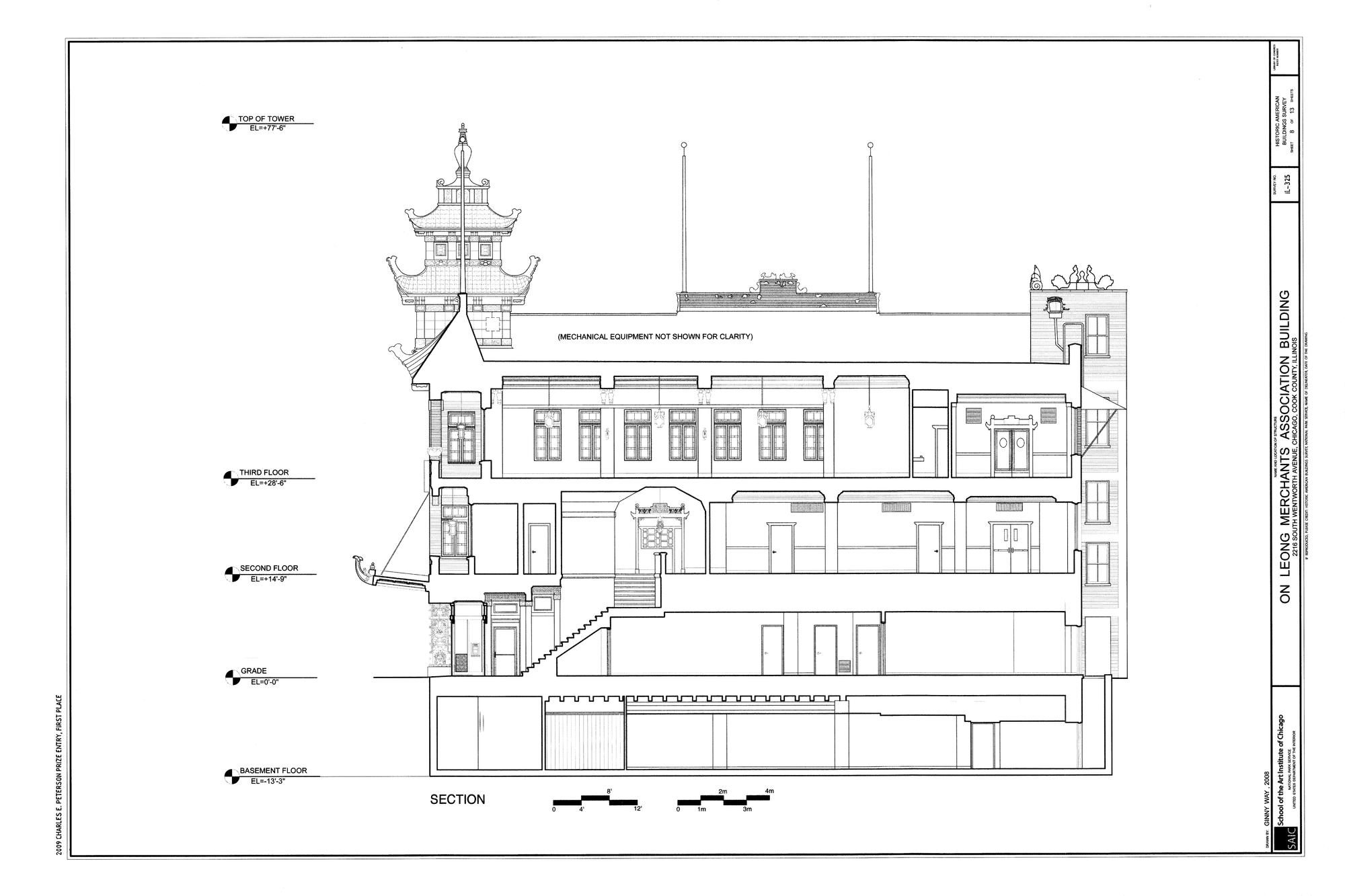
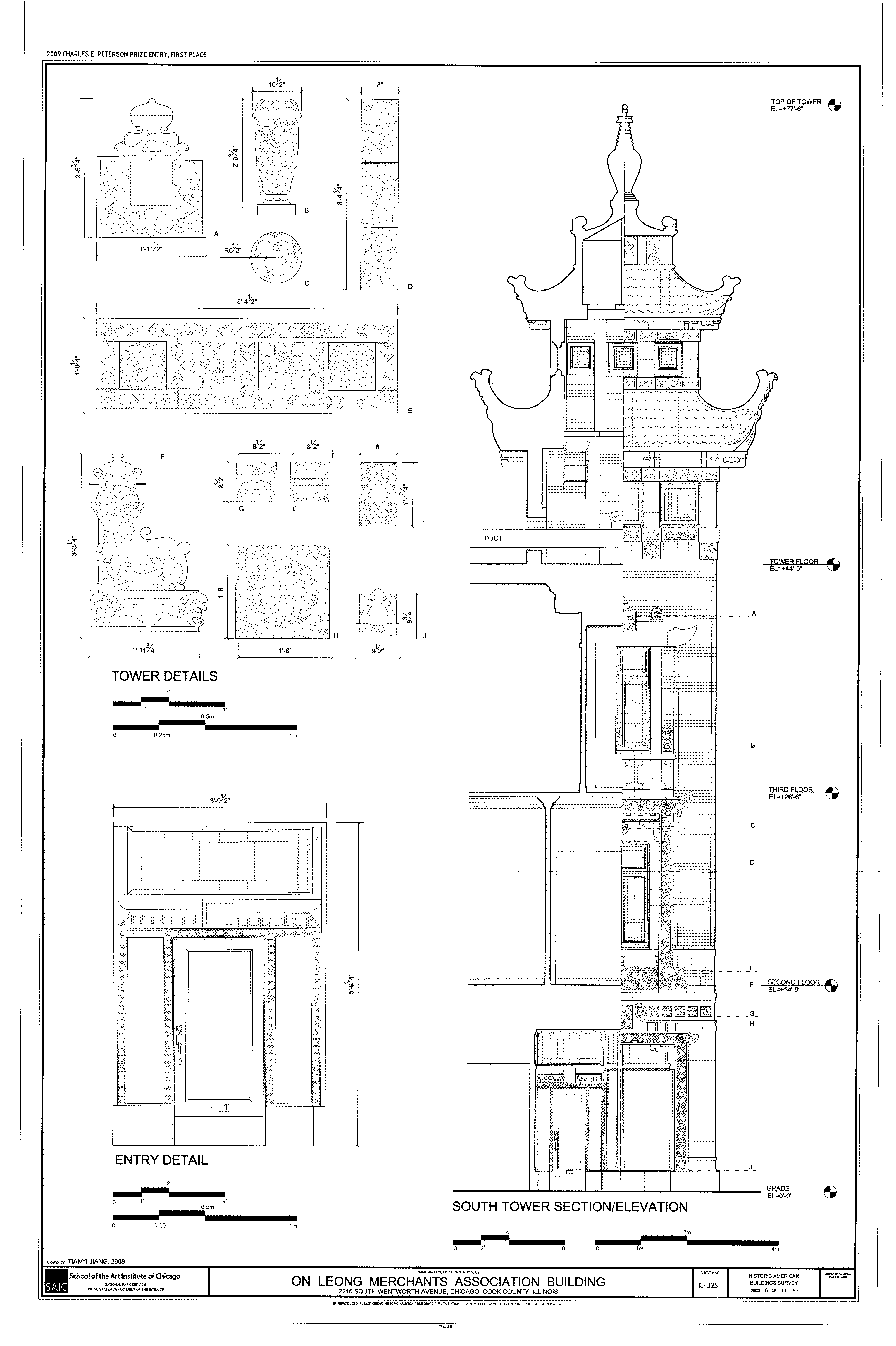
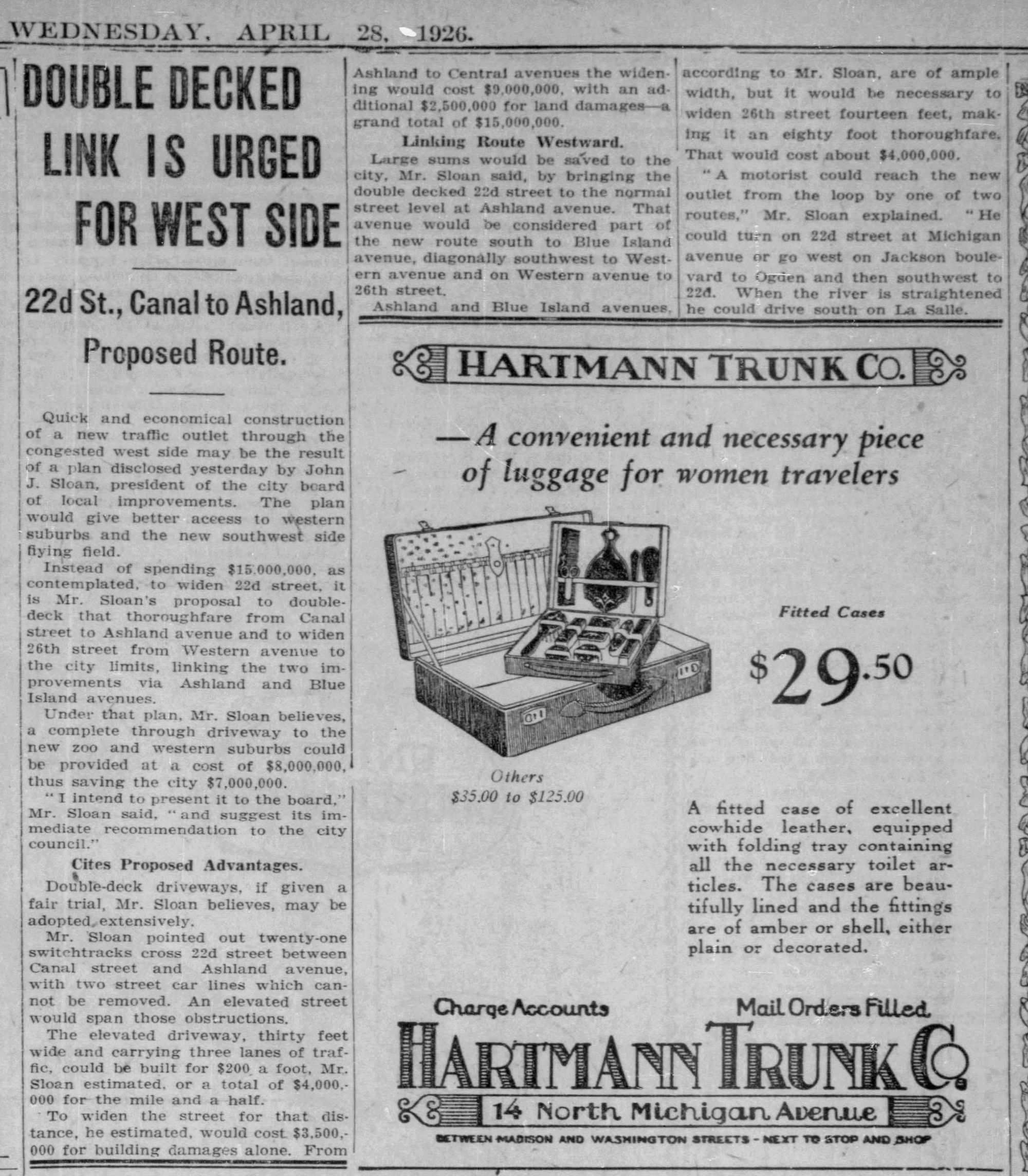

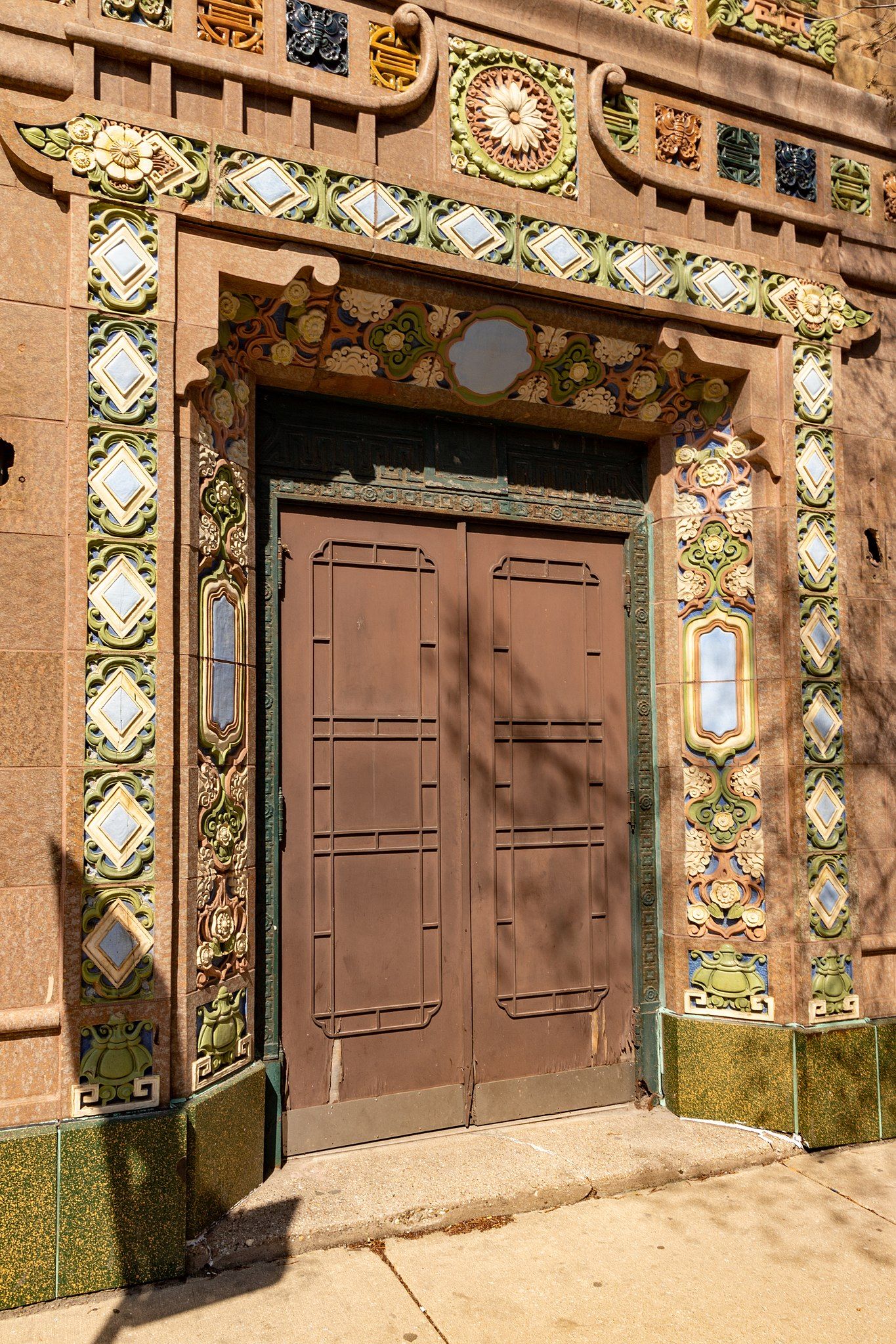
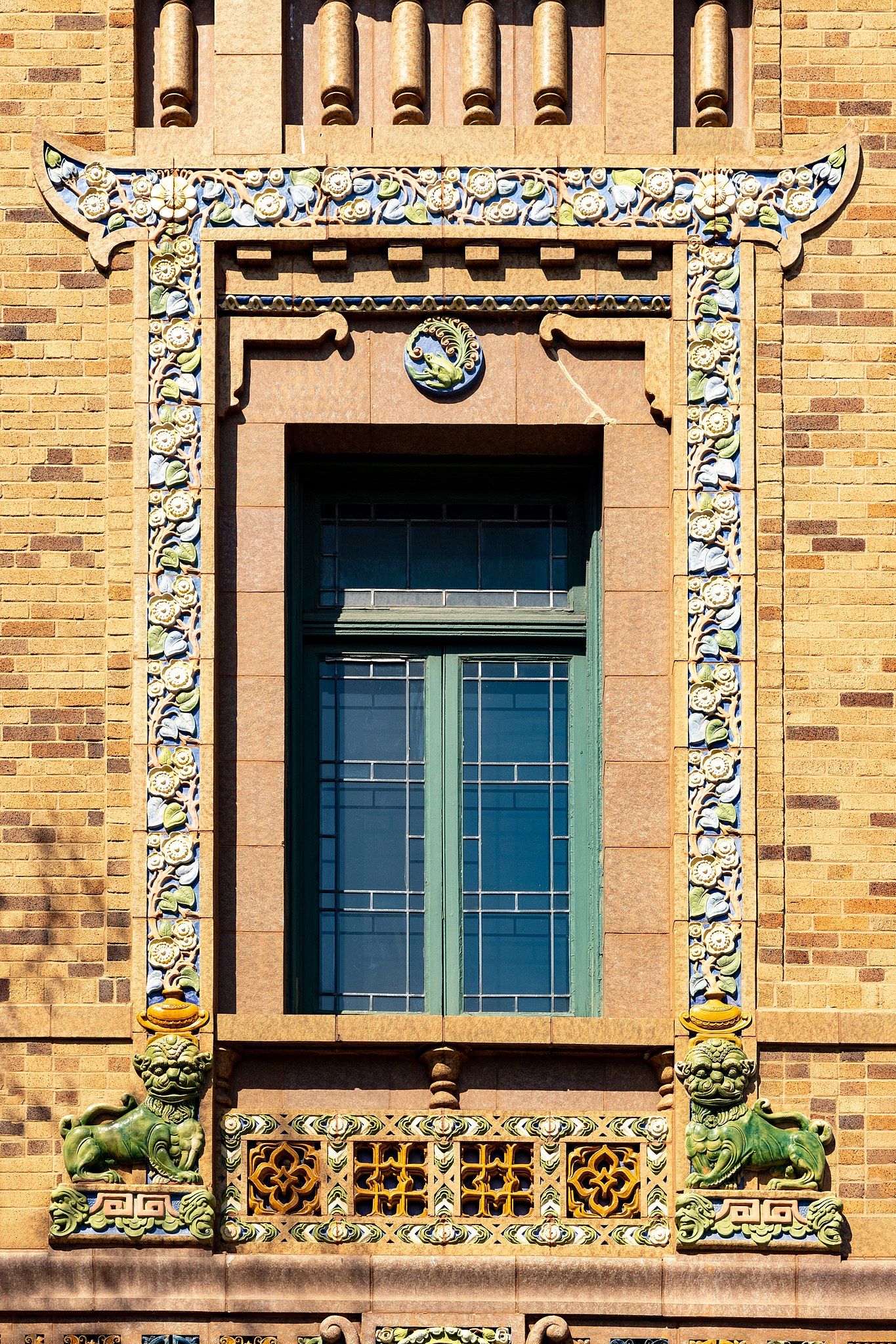
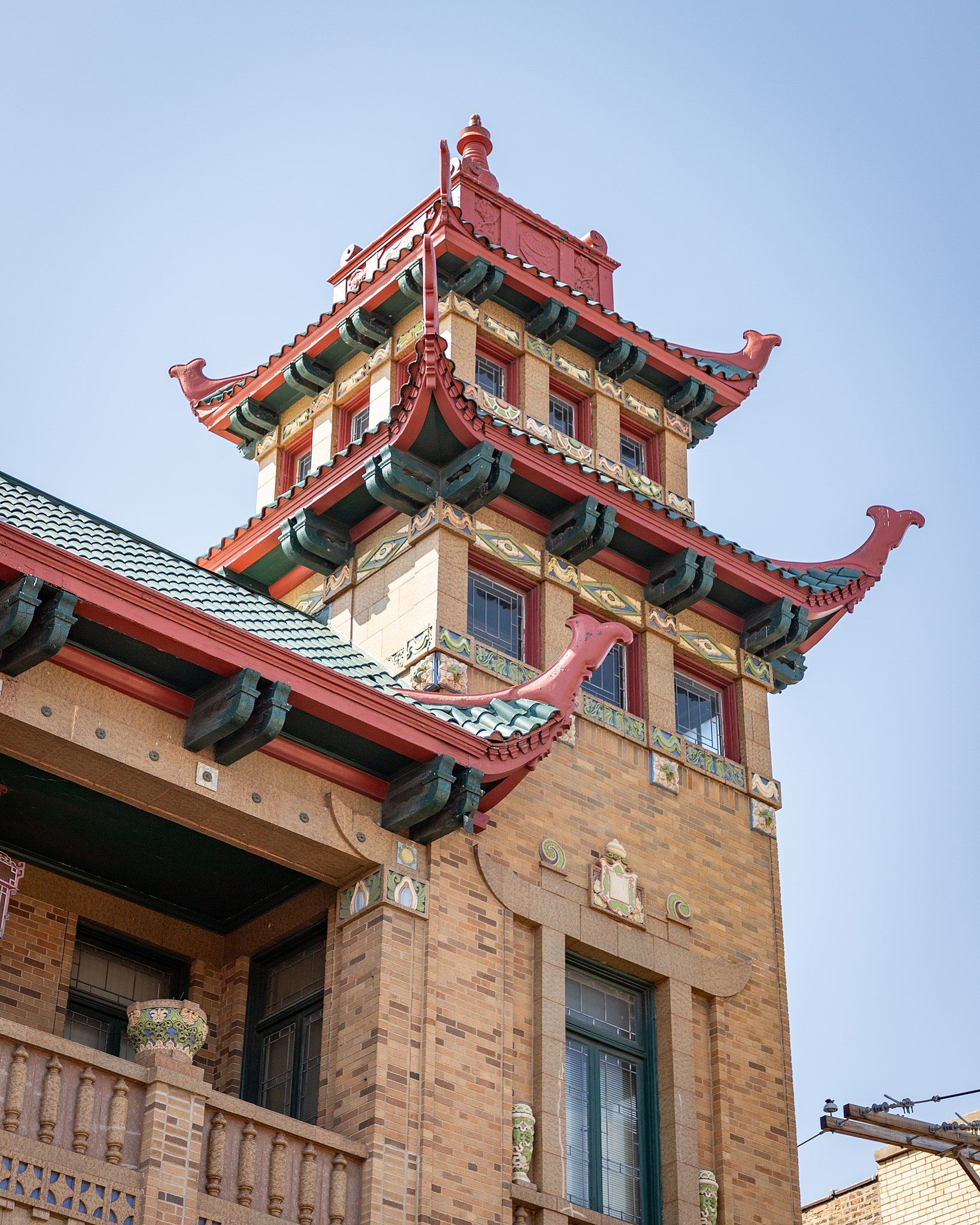
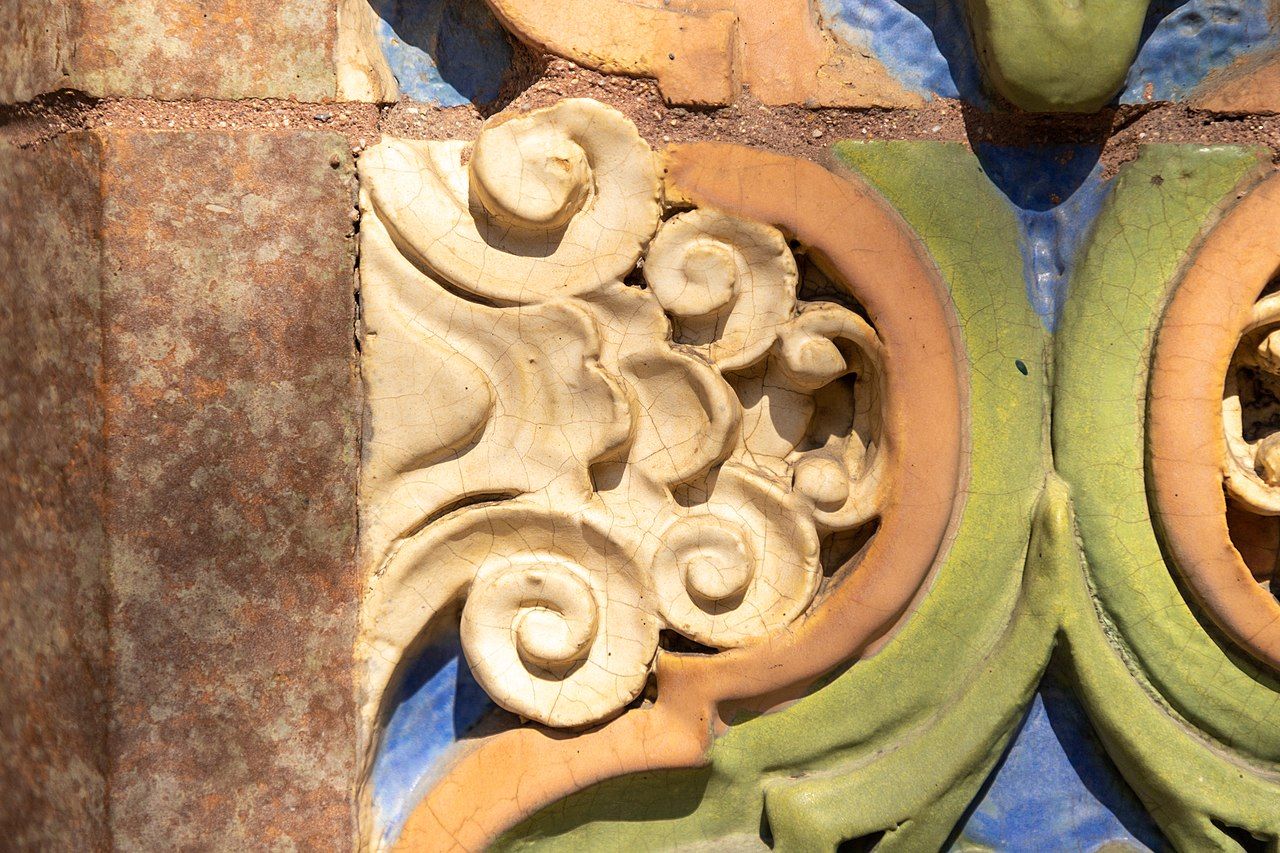
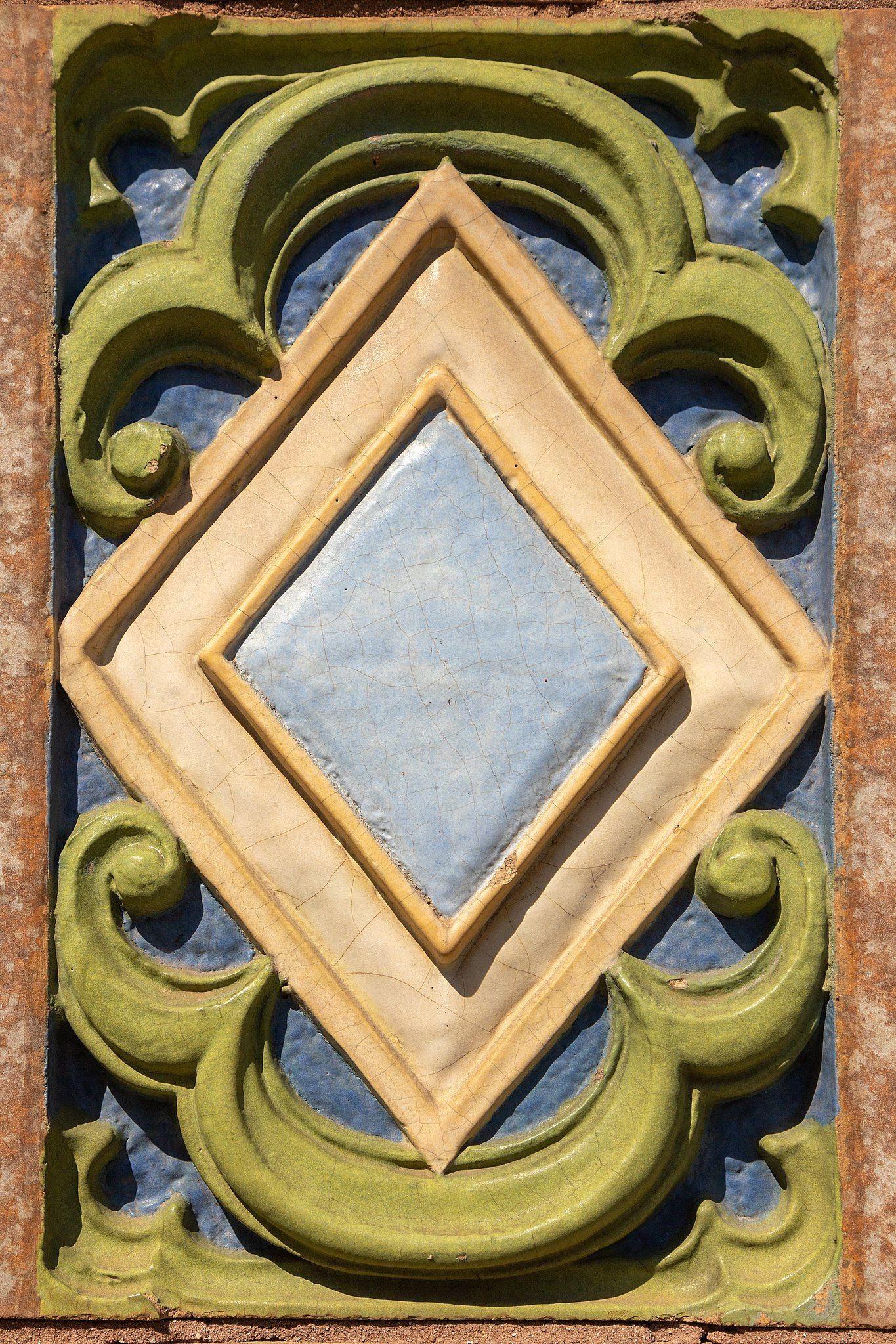
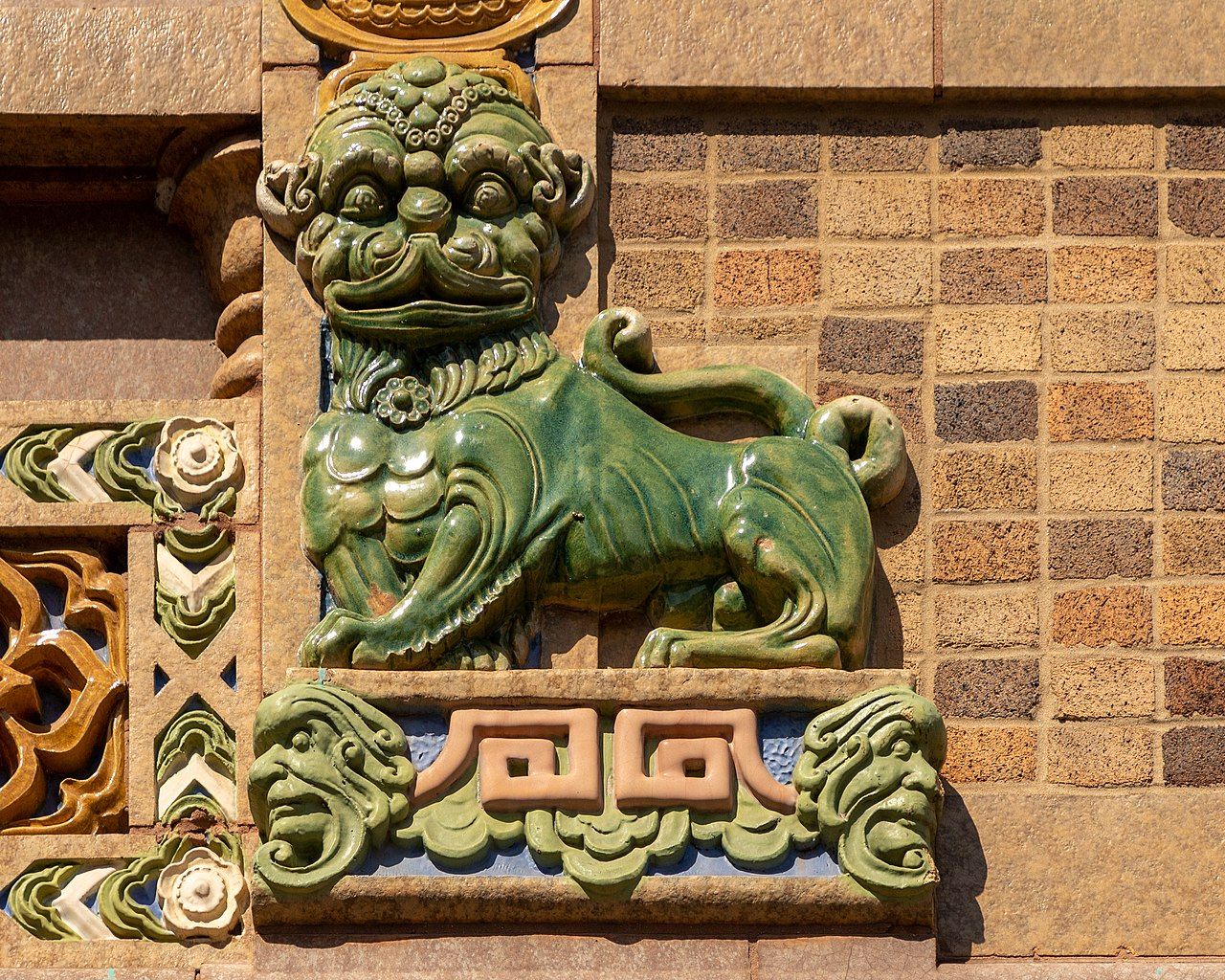
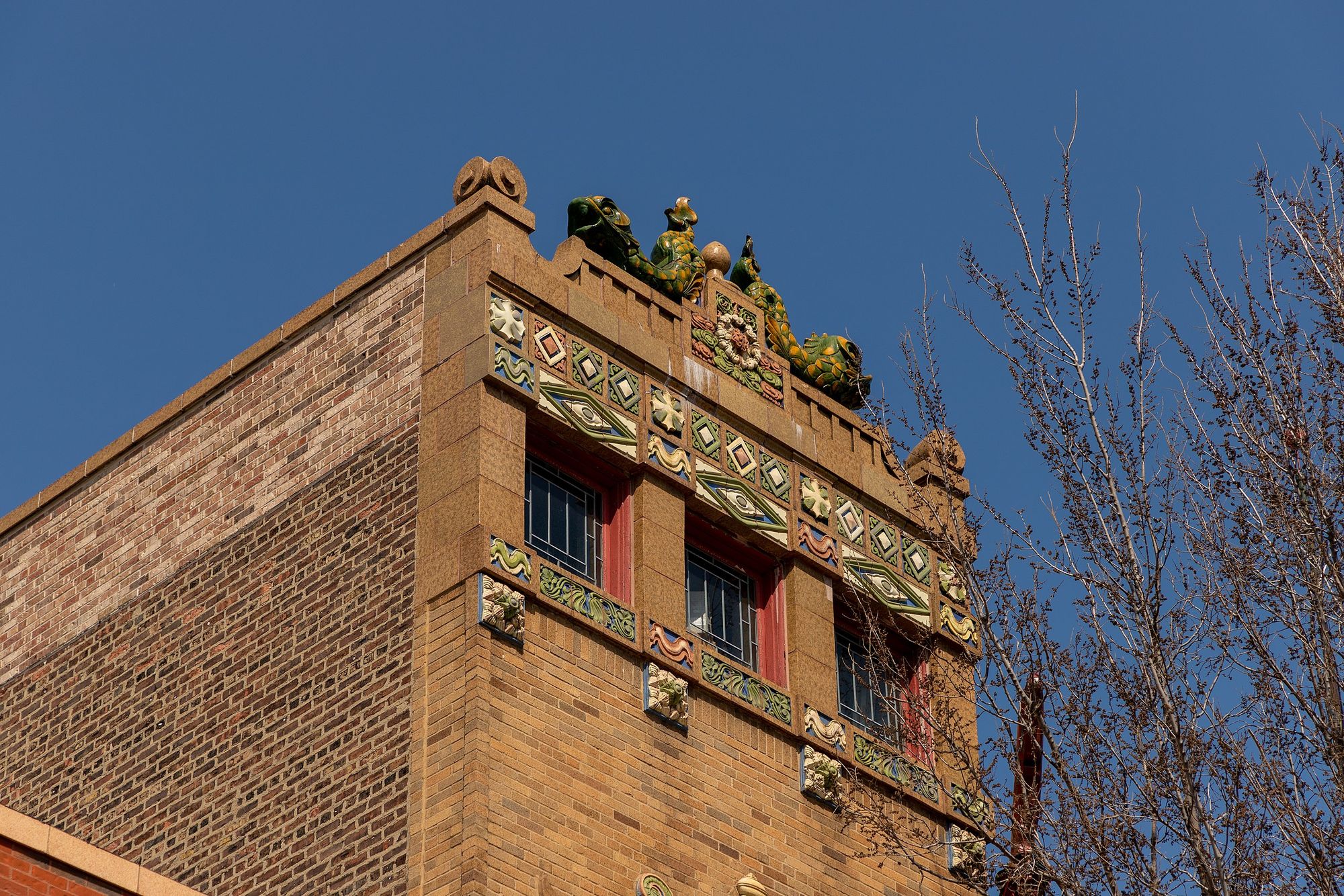
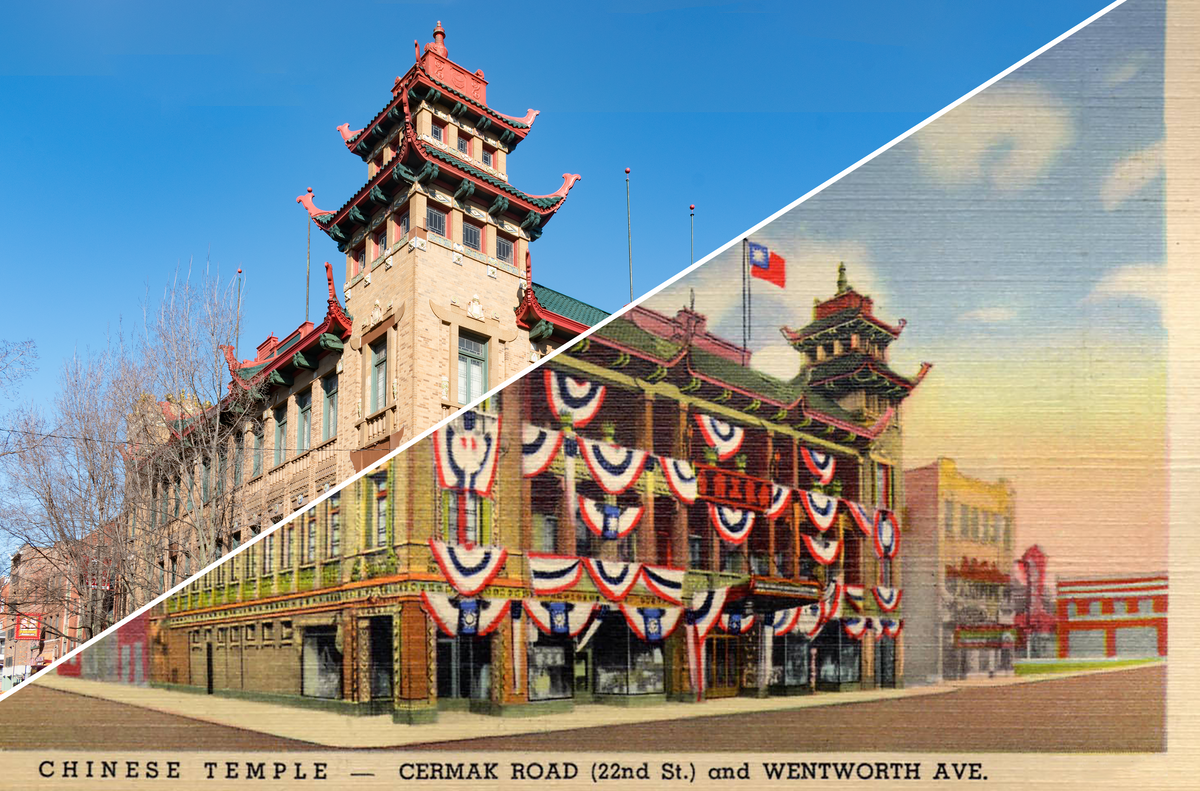
Member discussion: